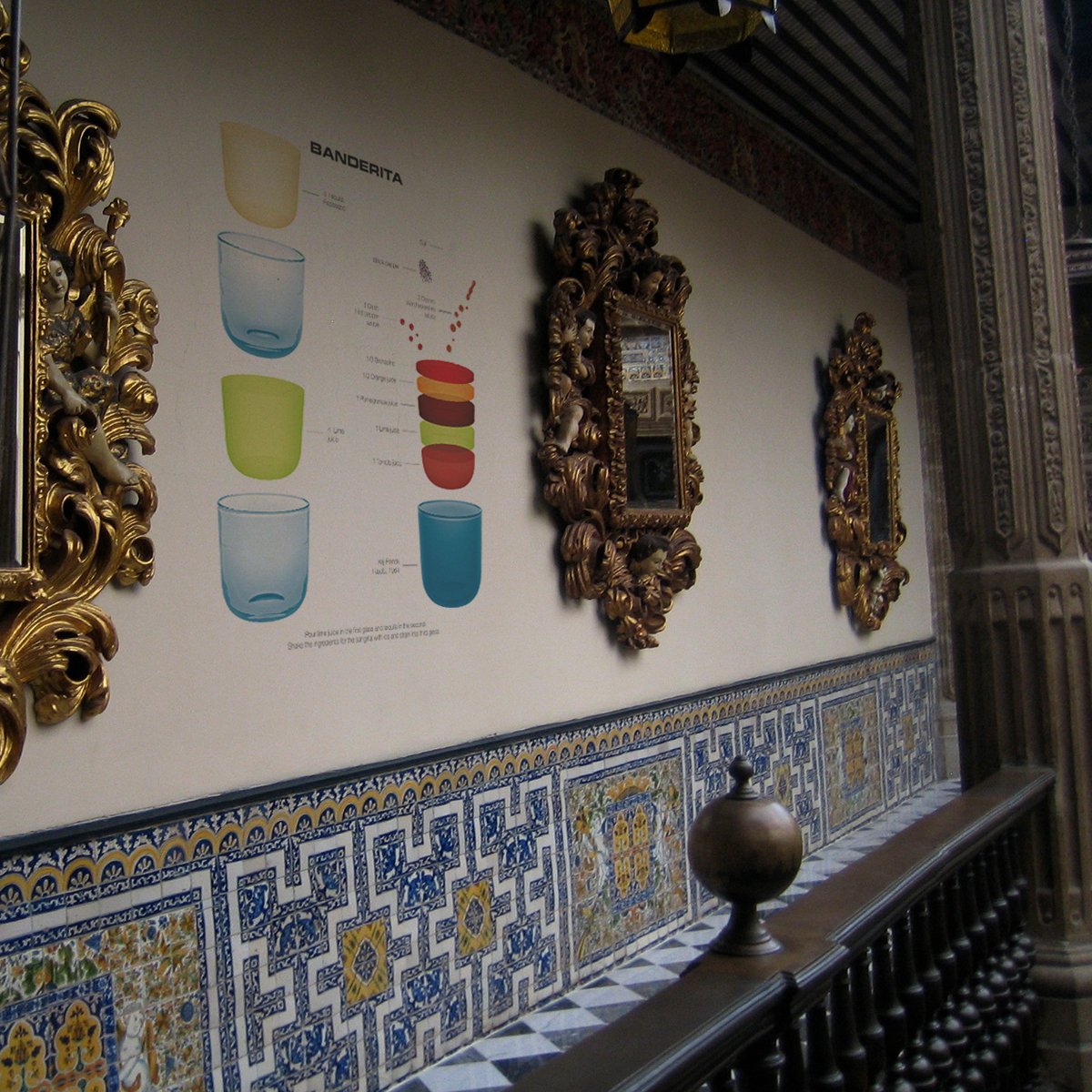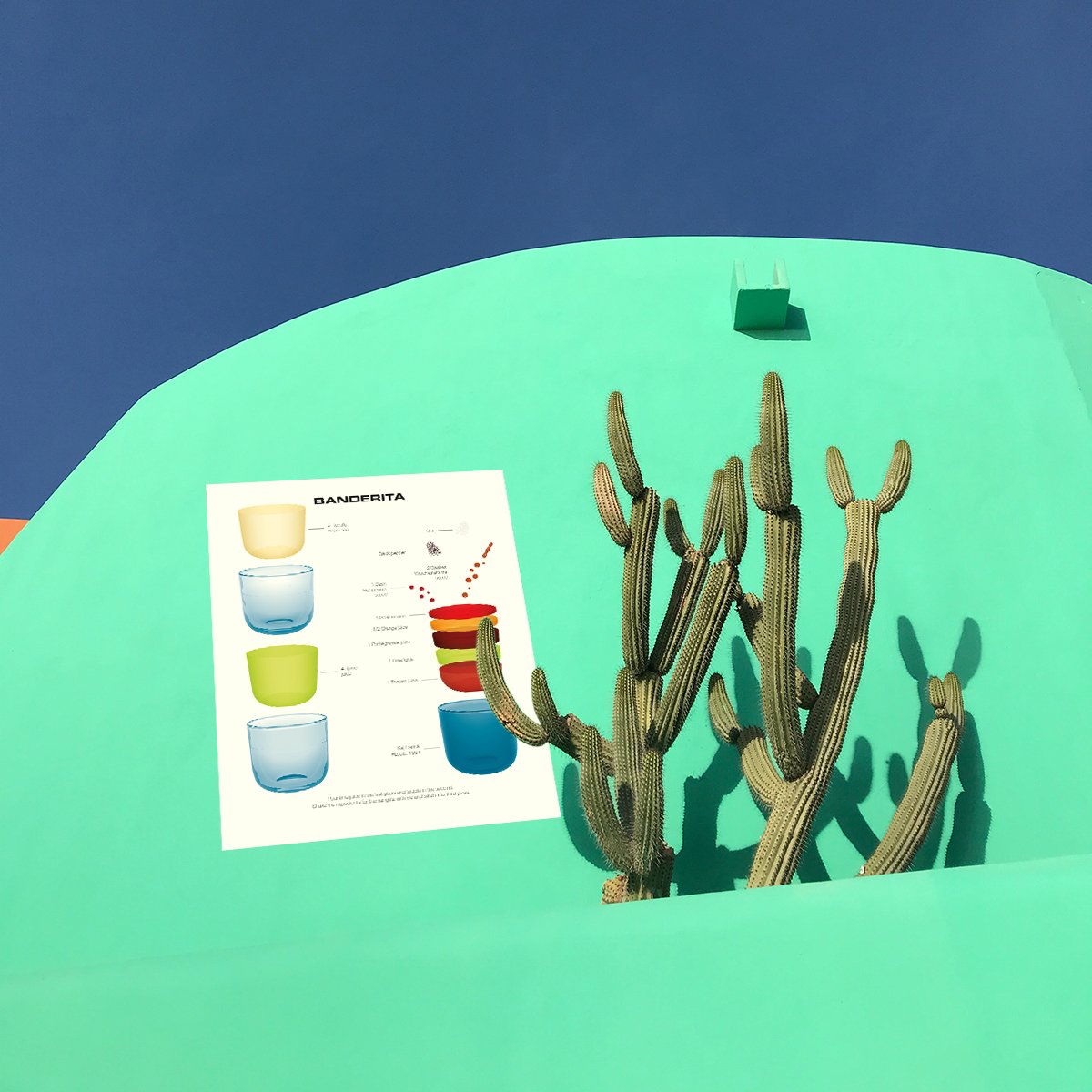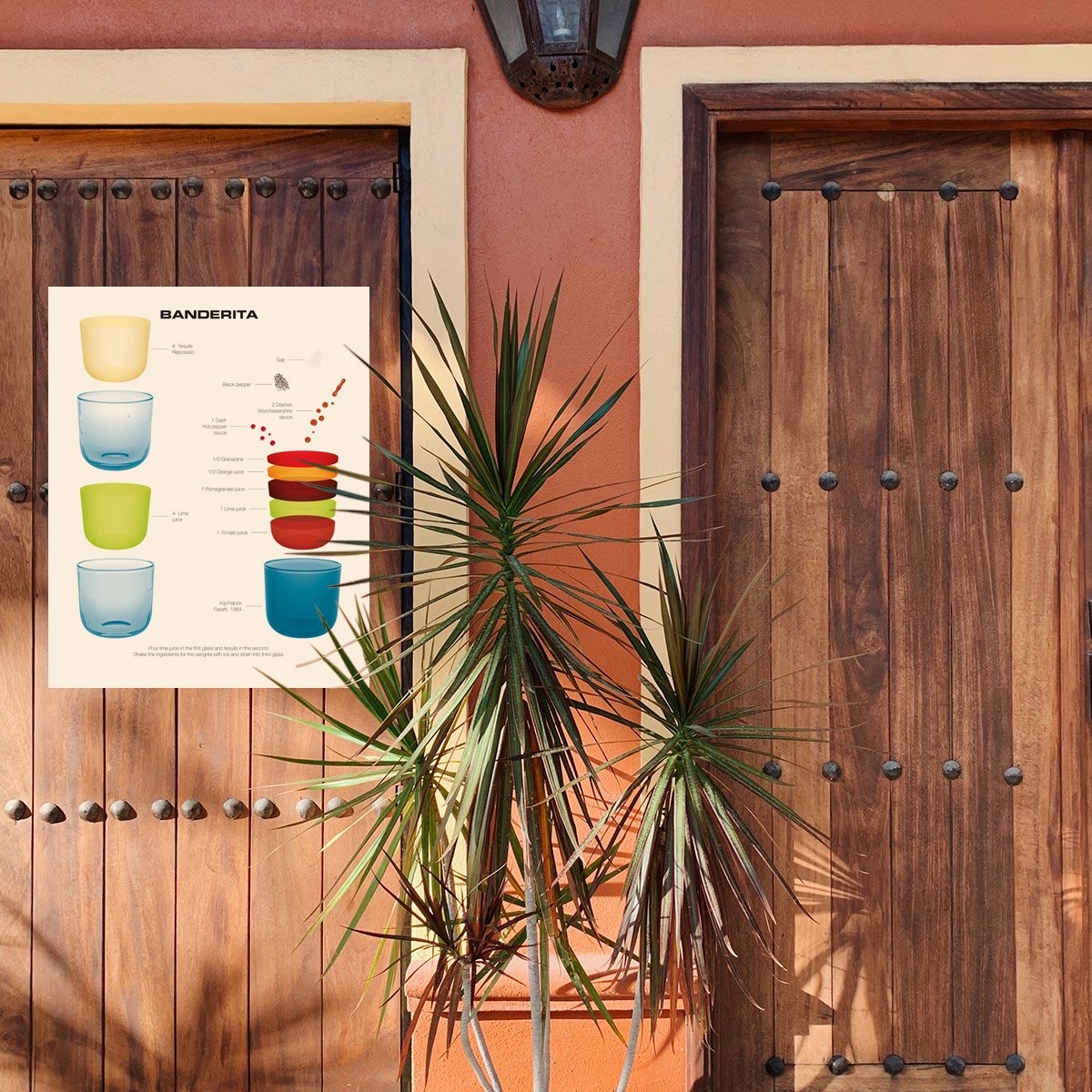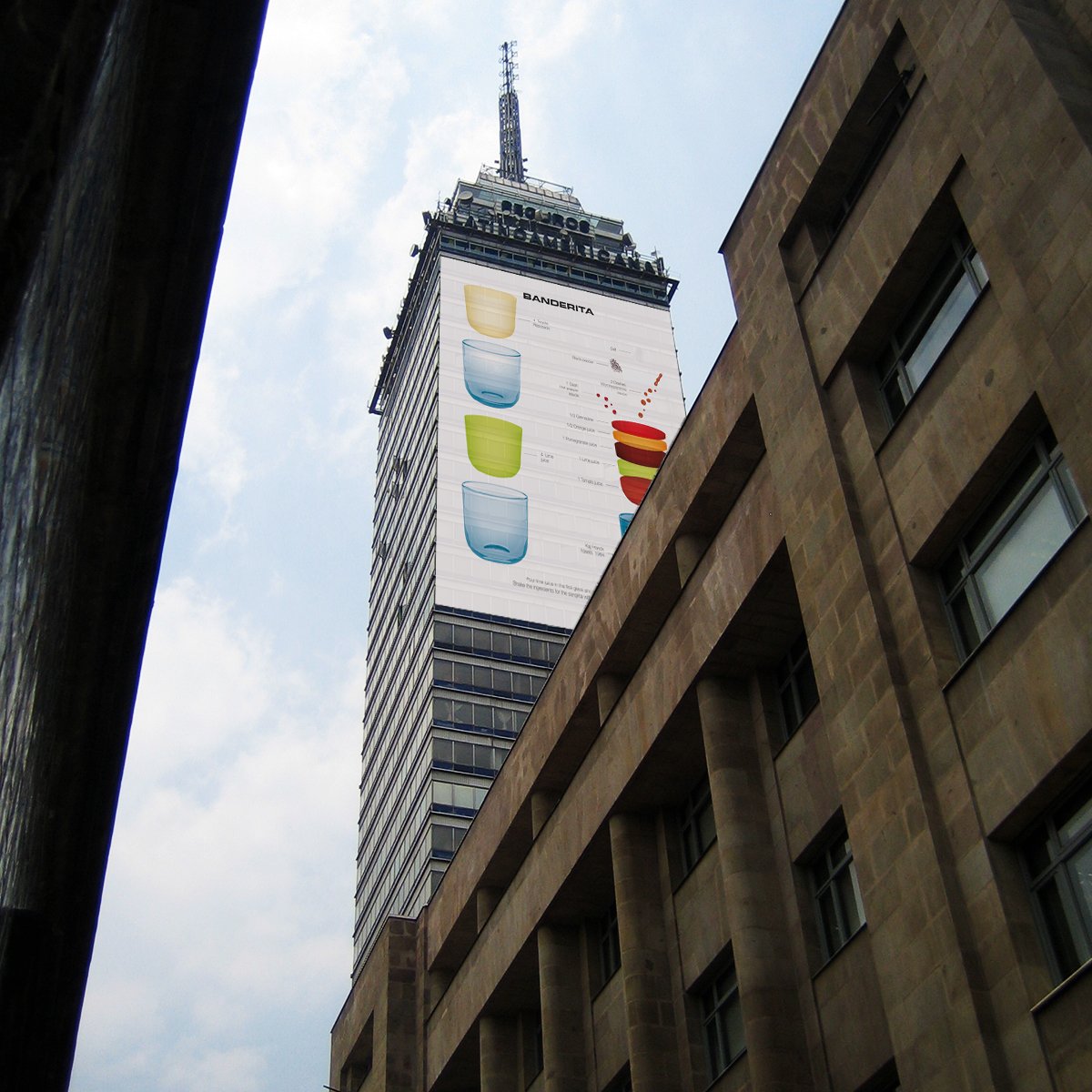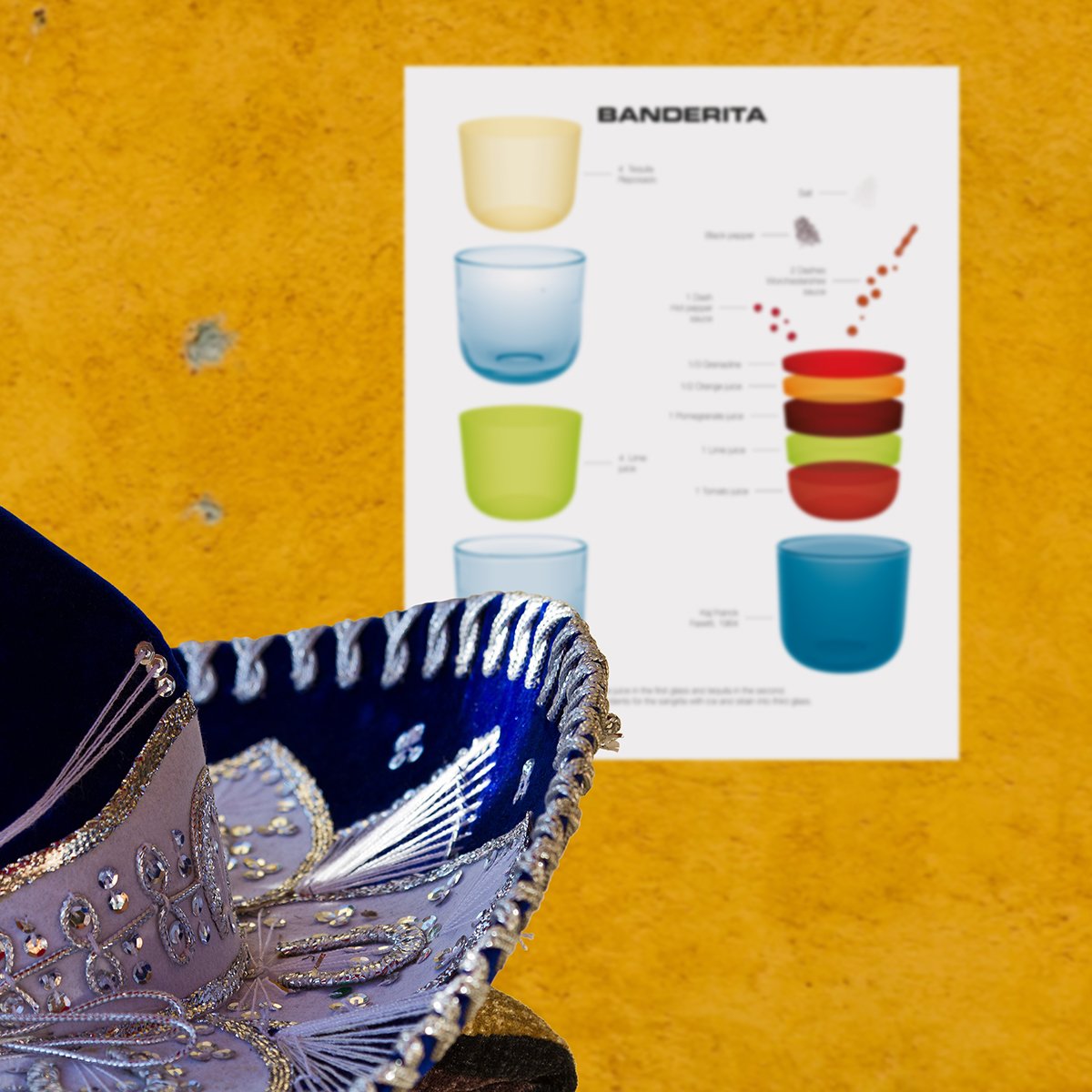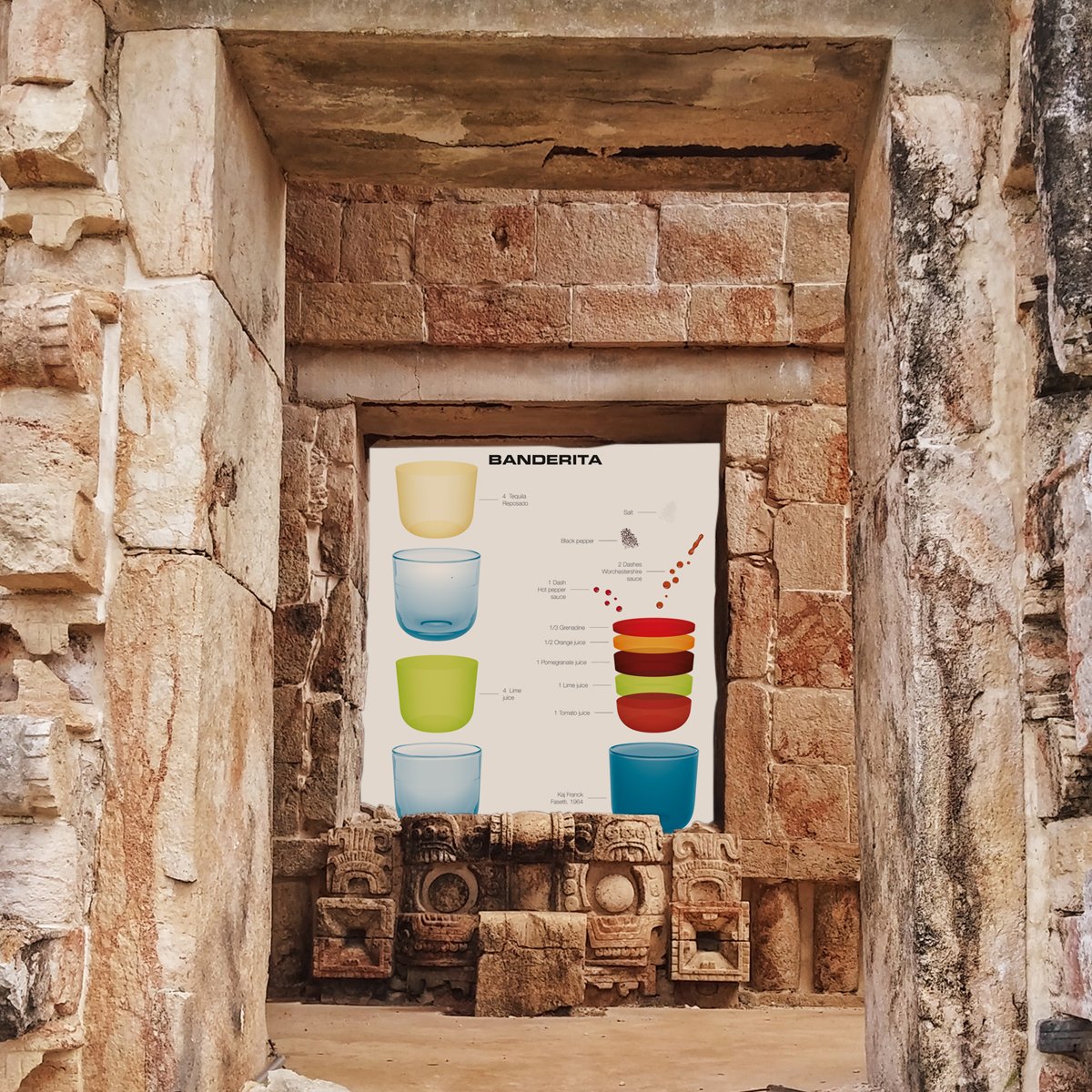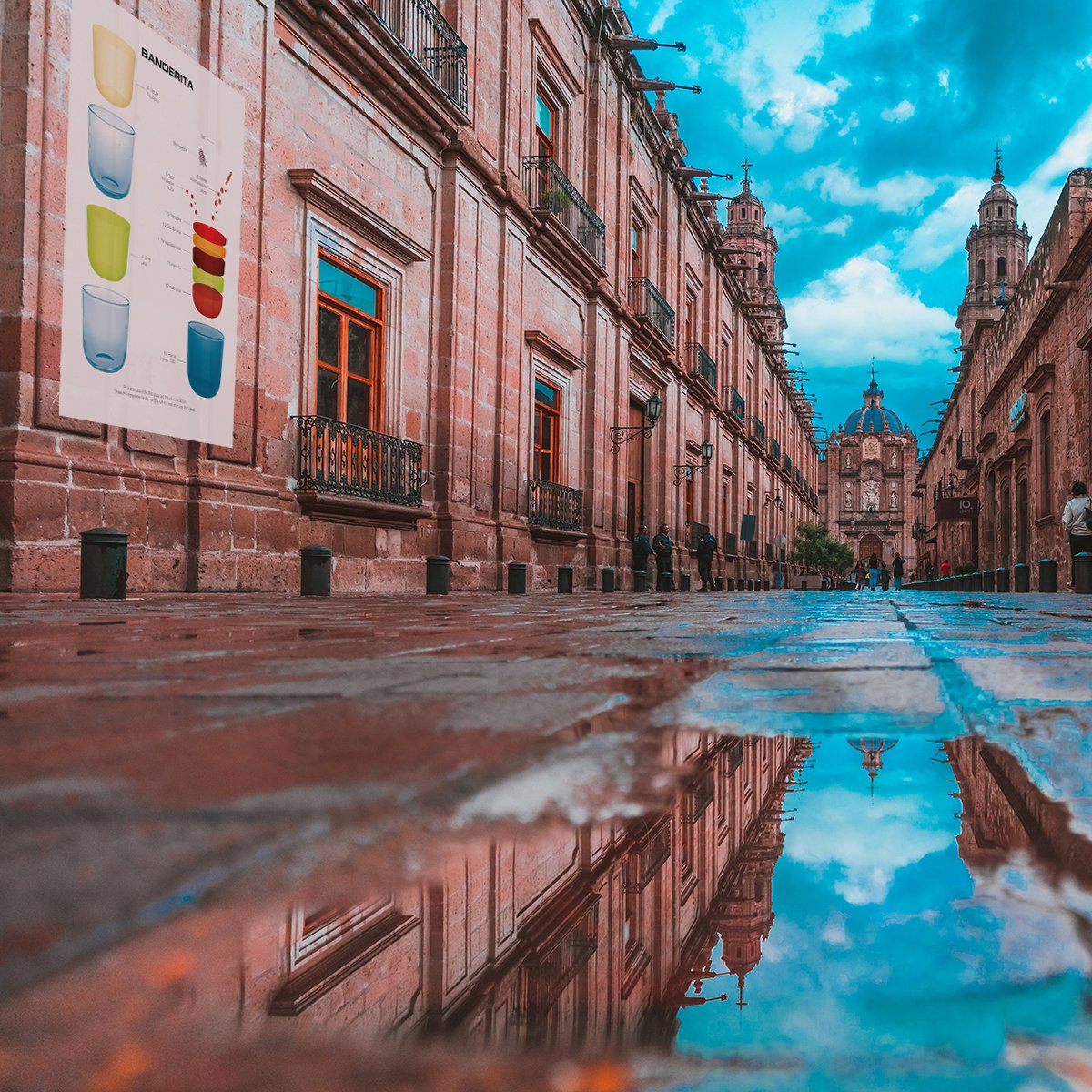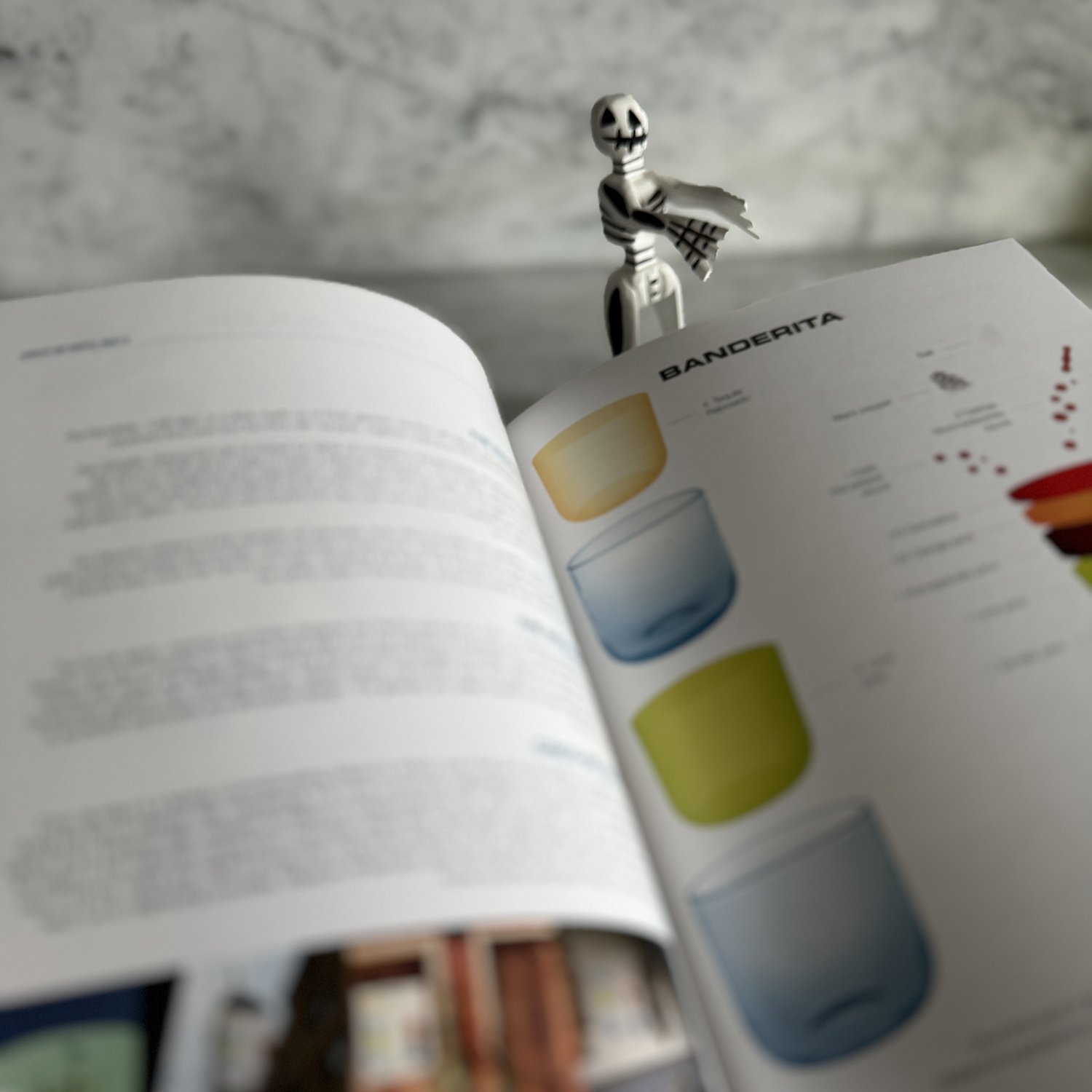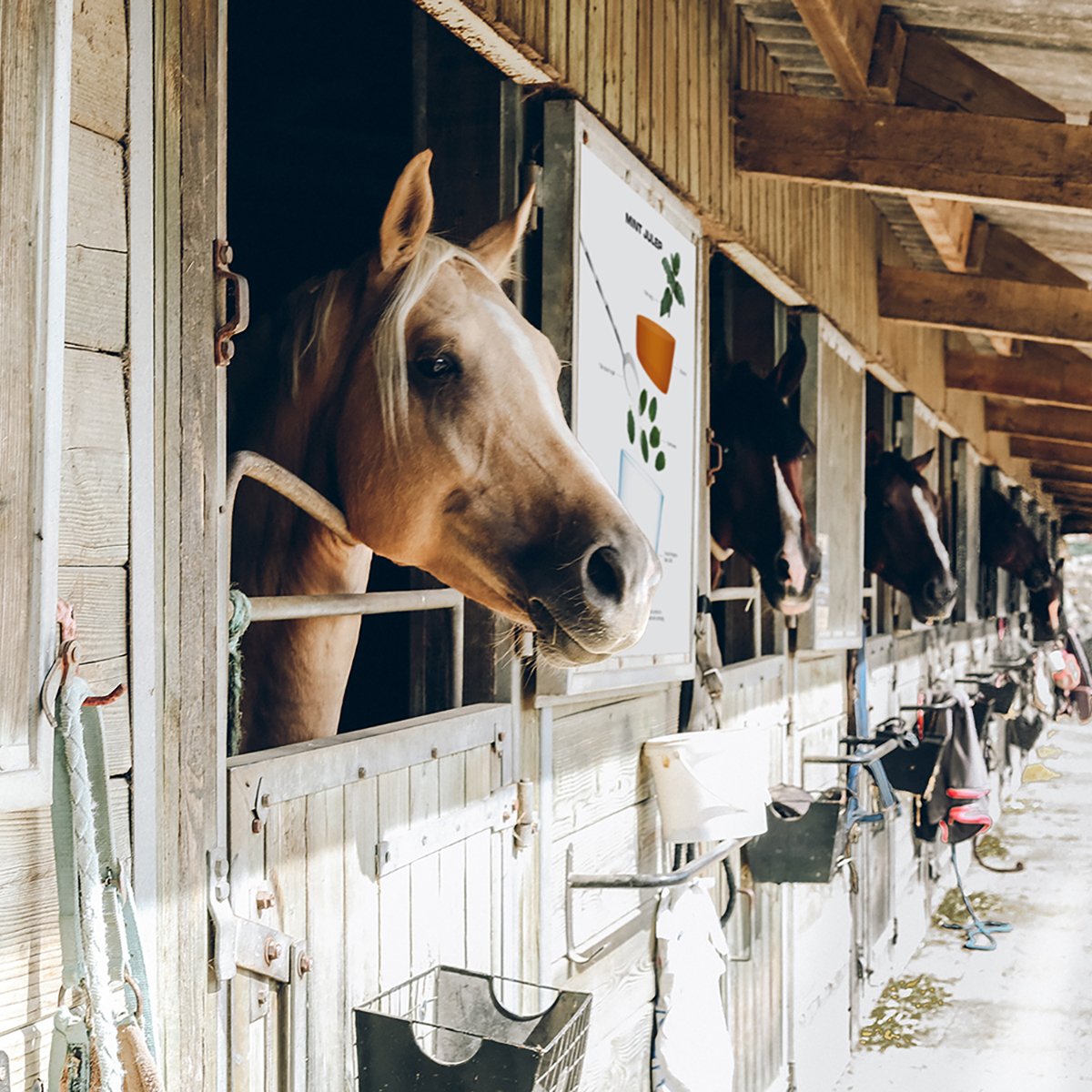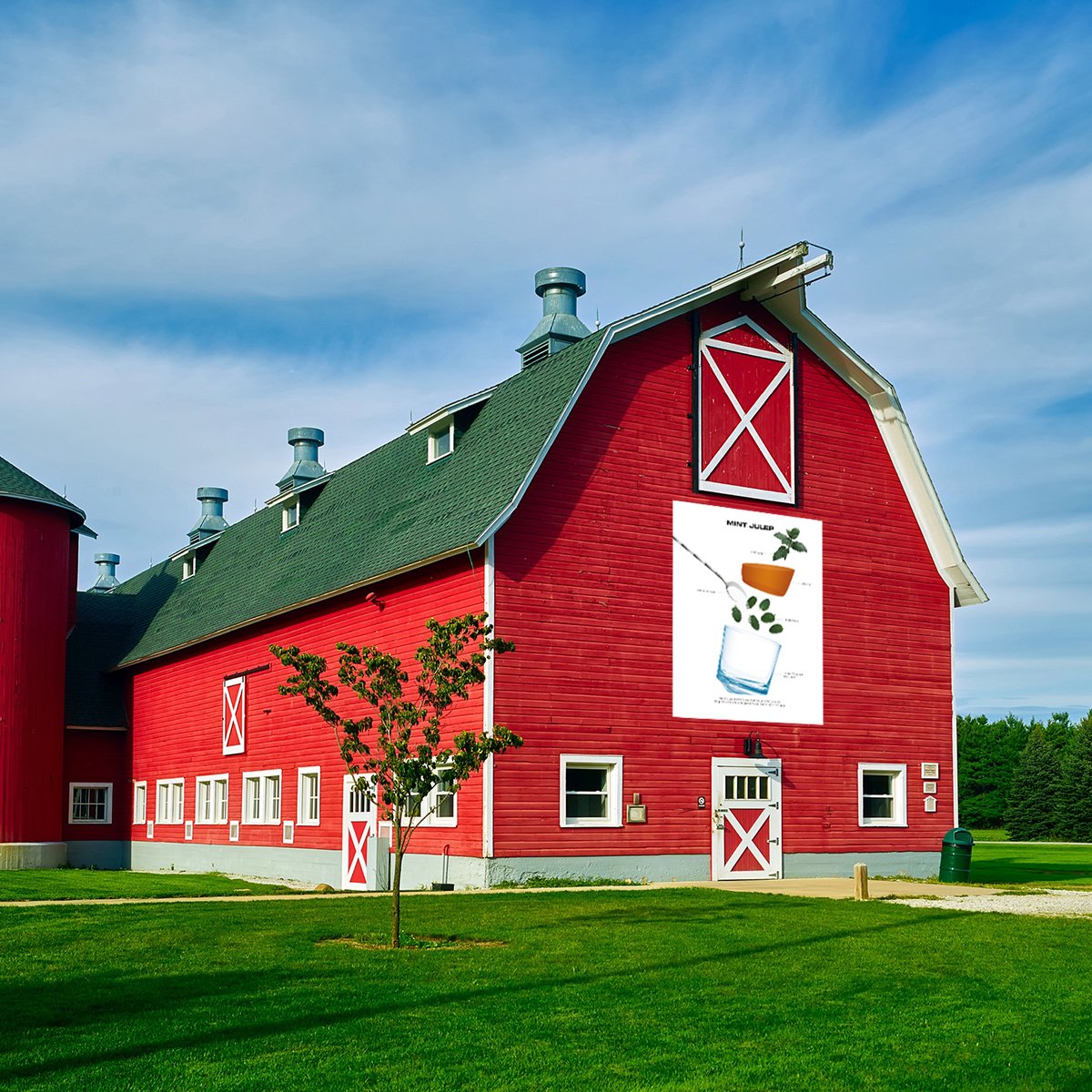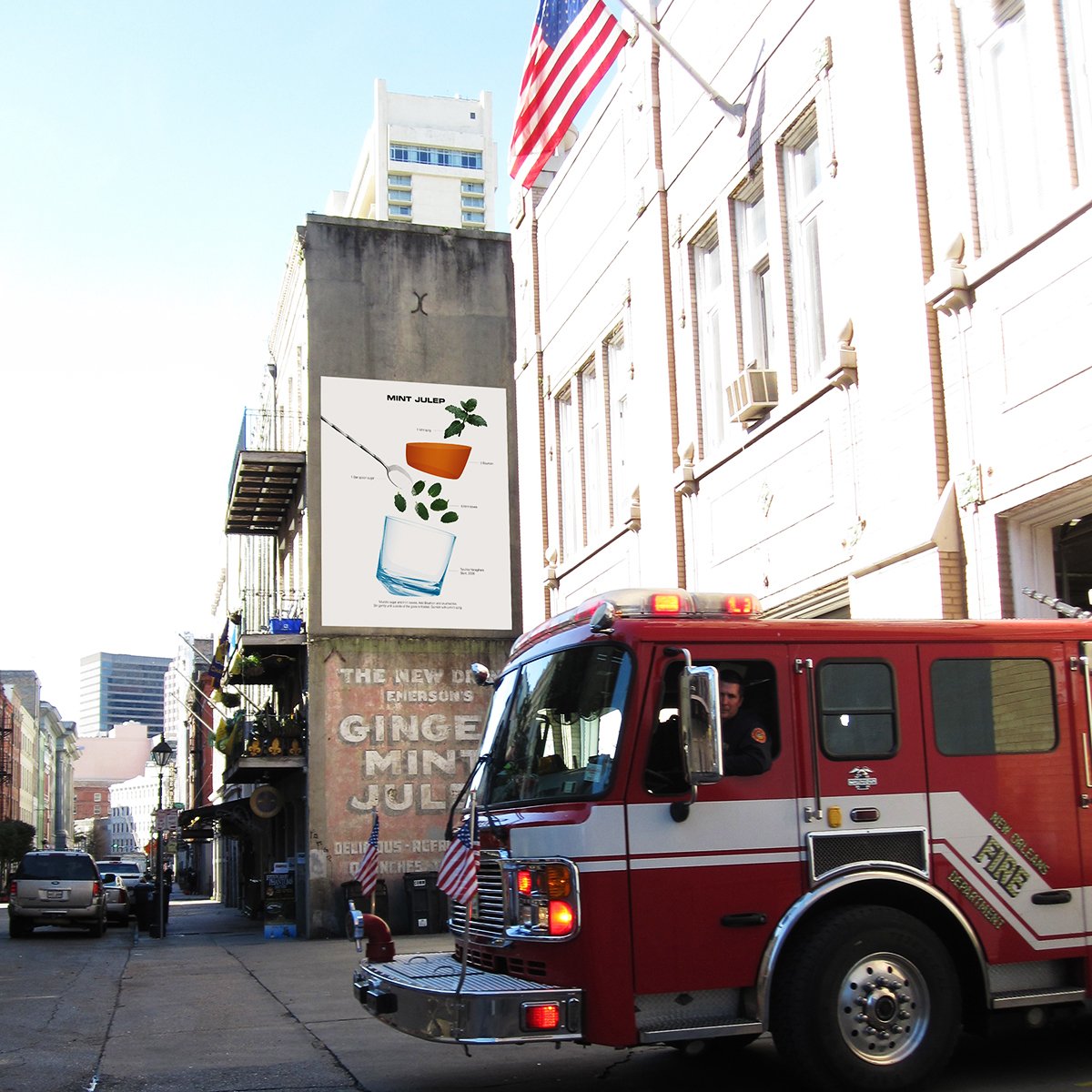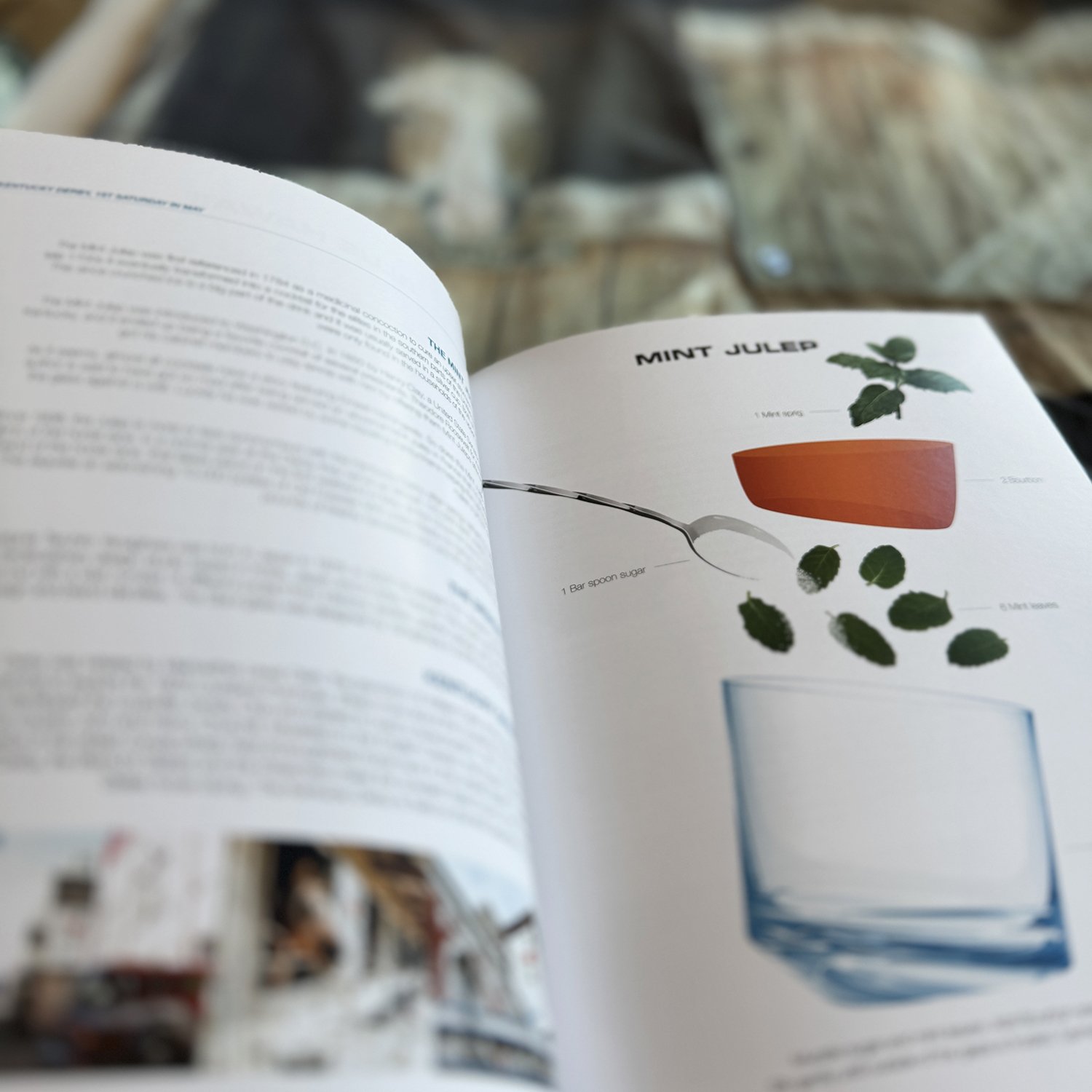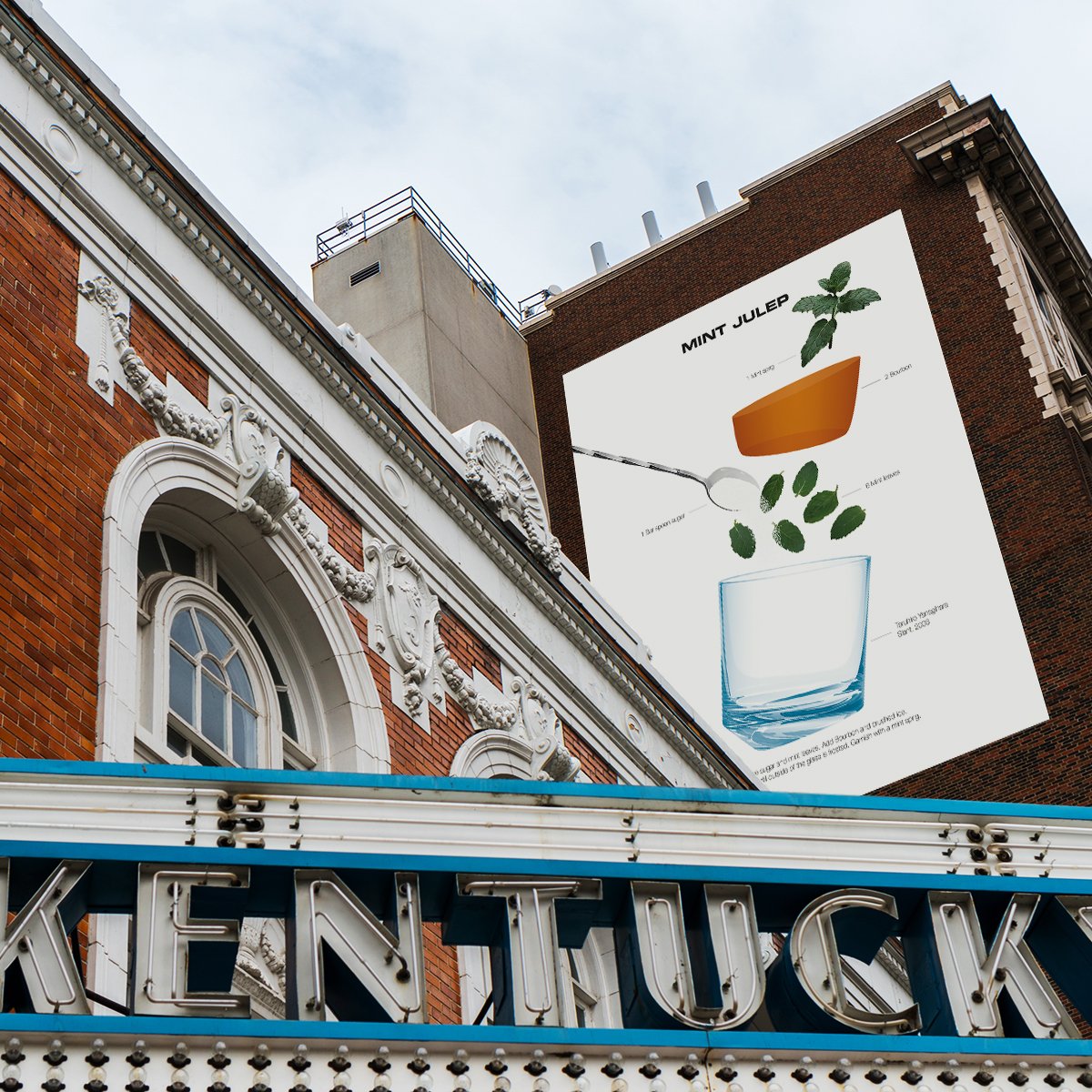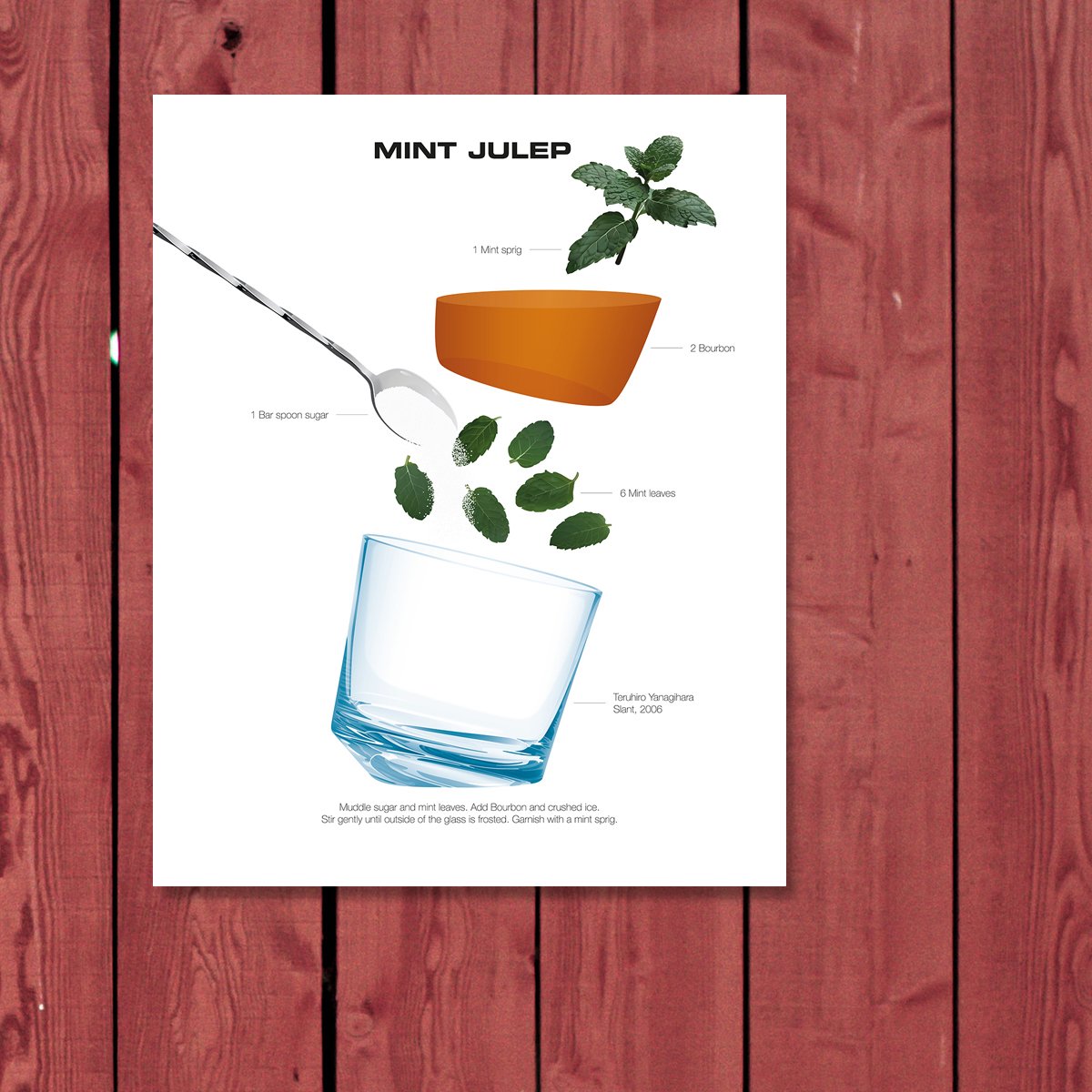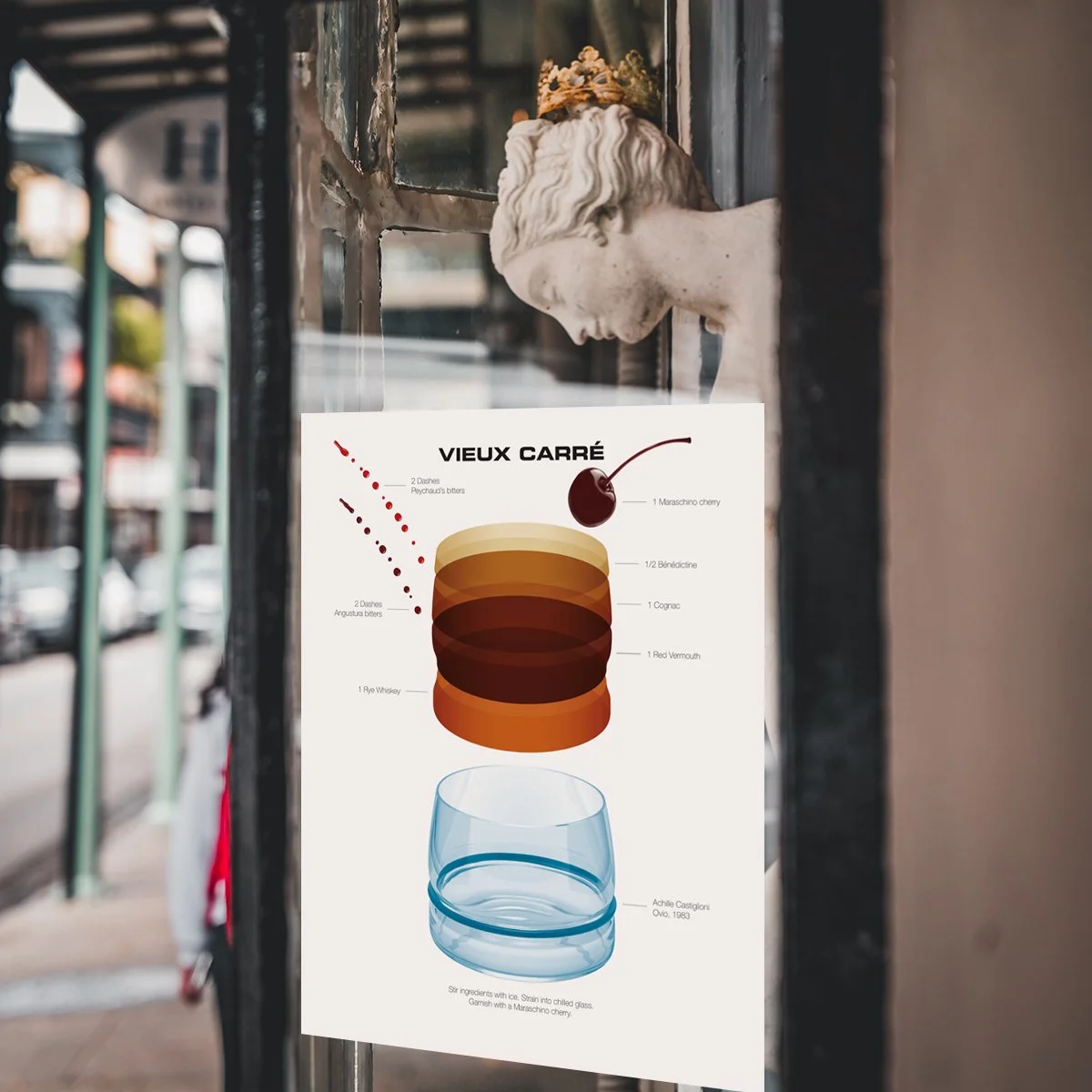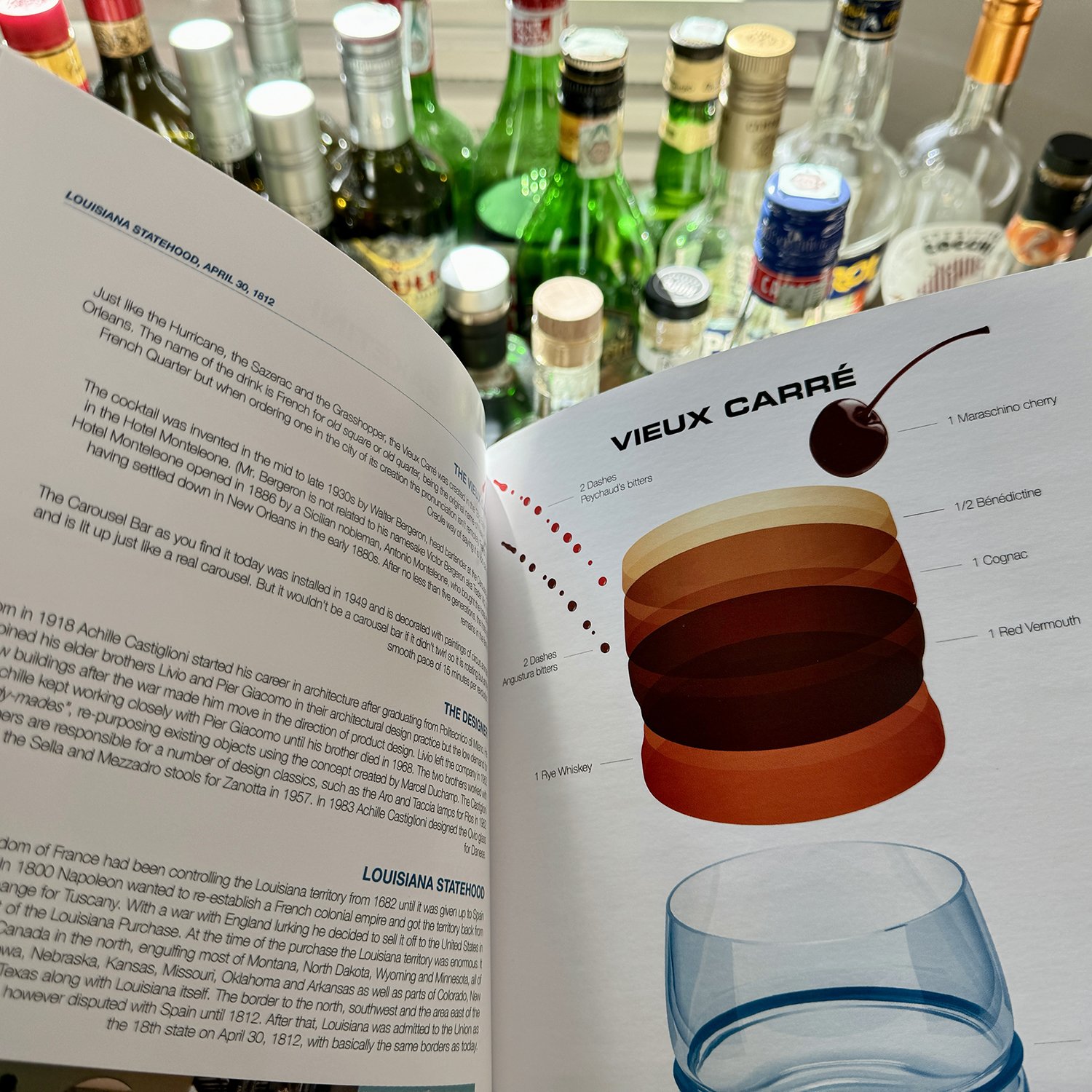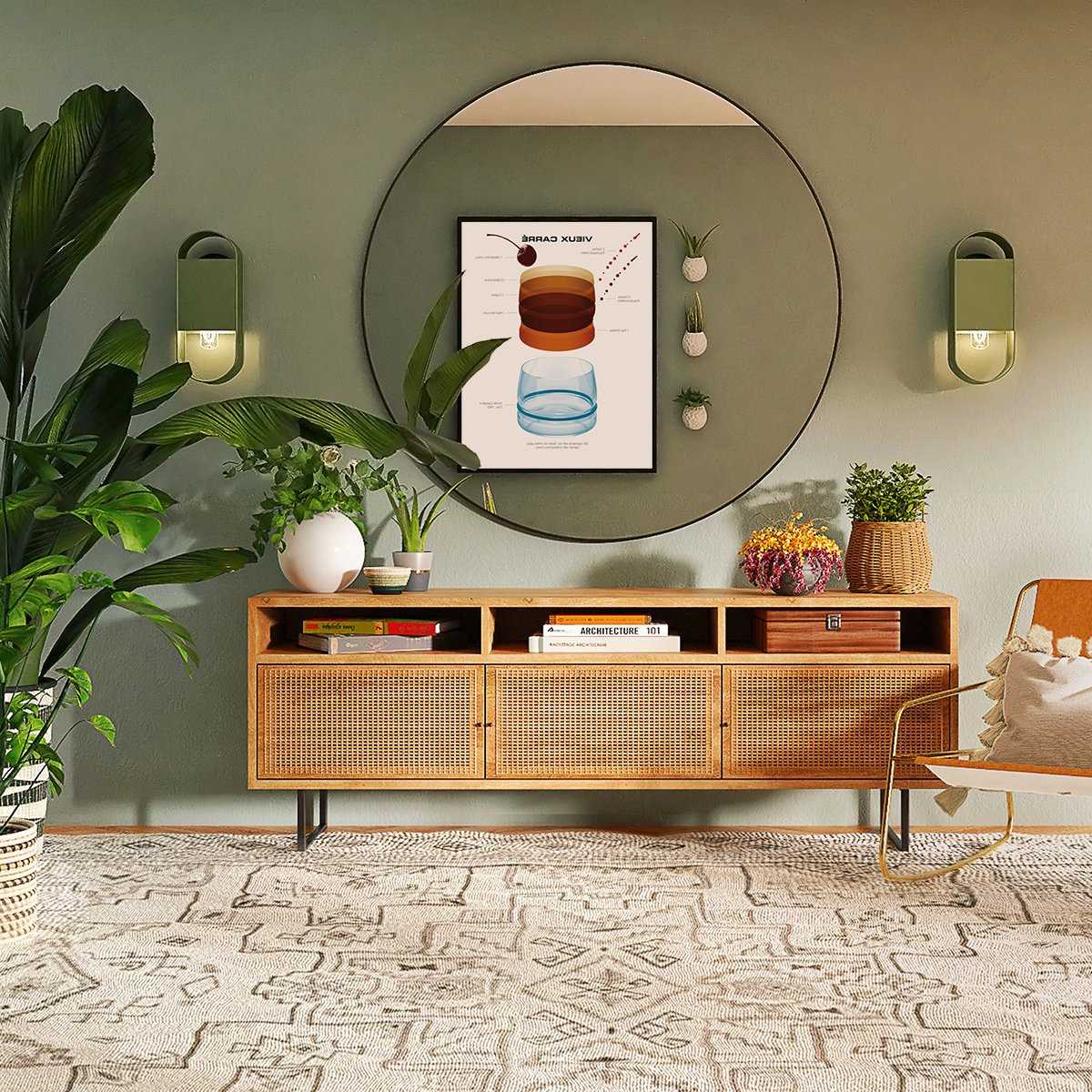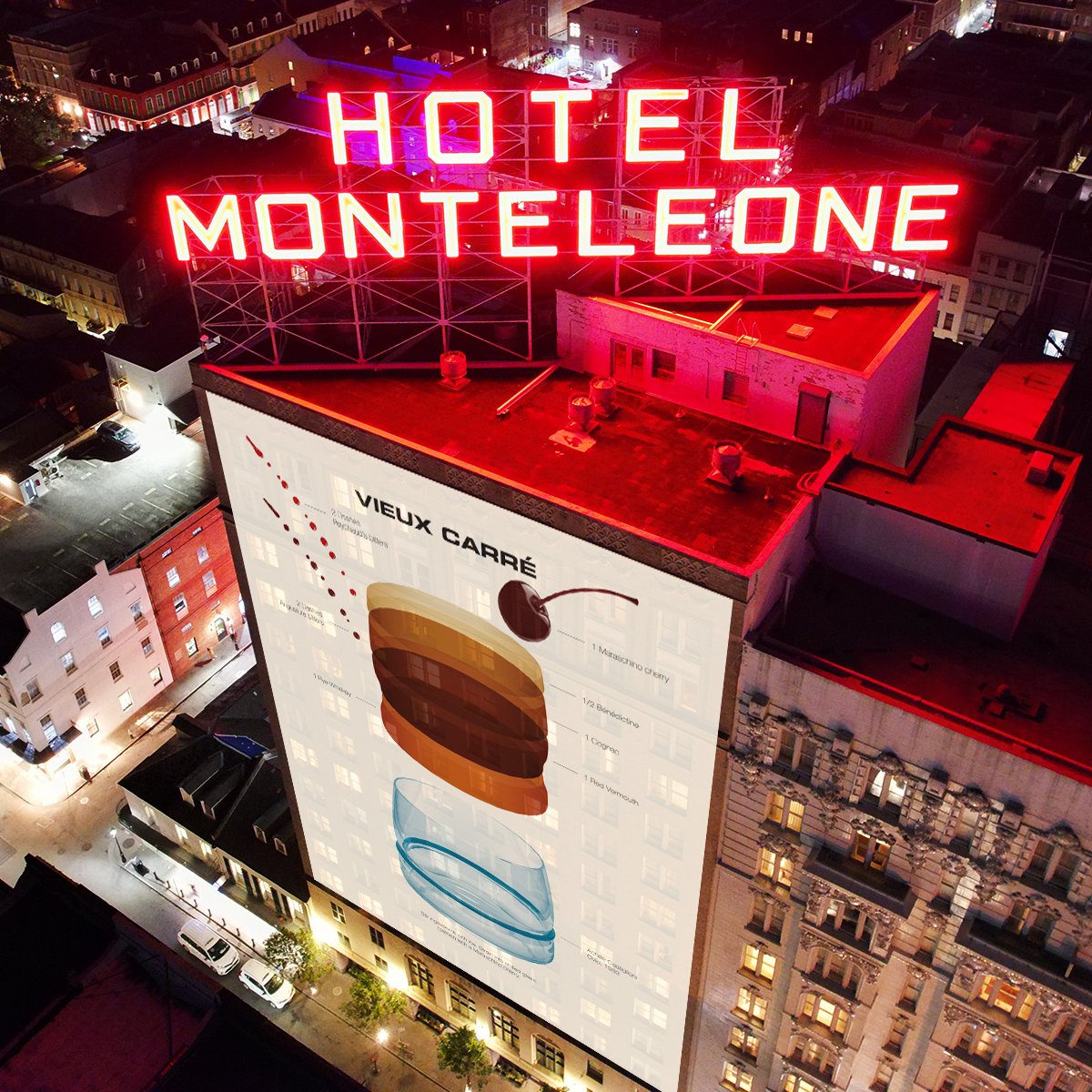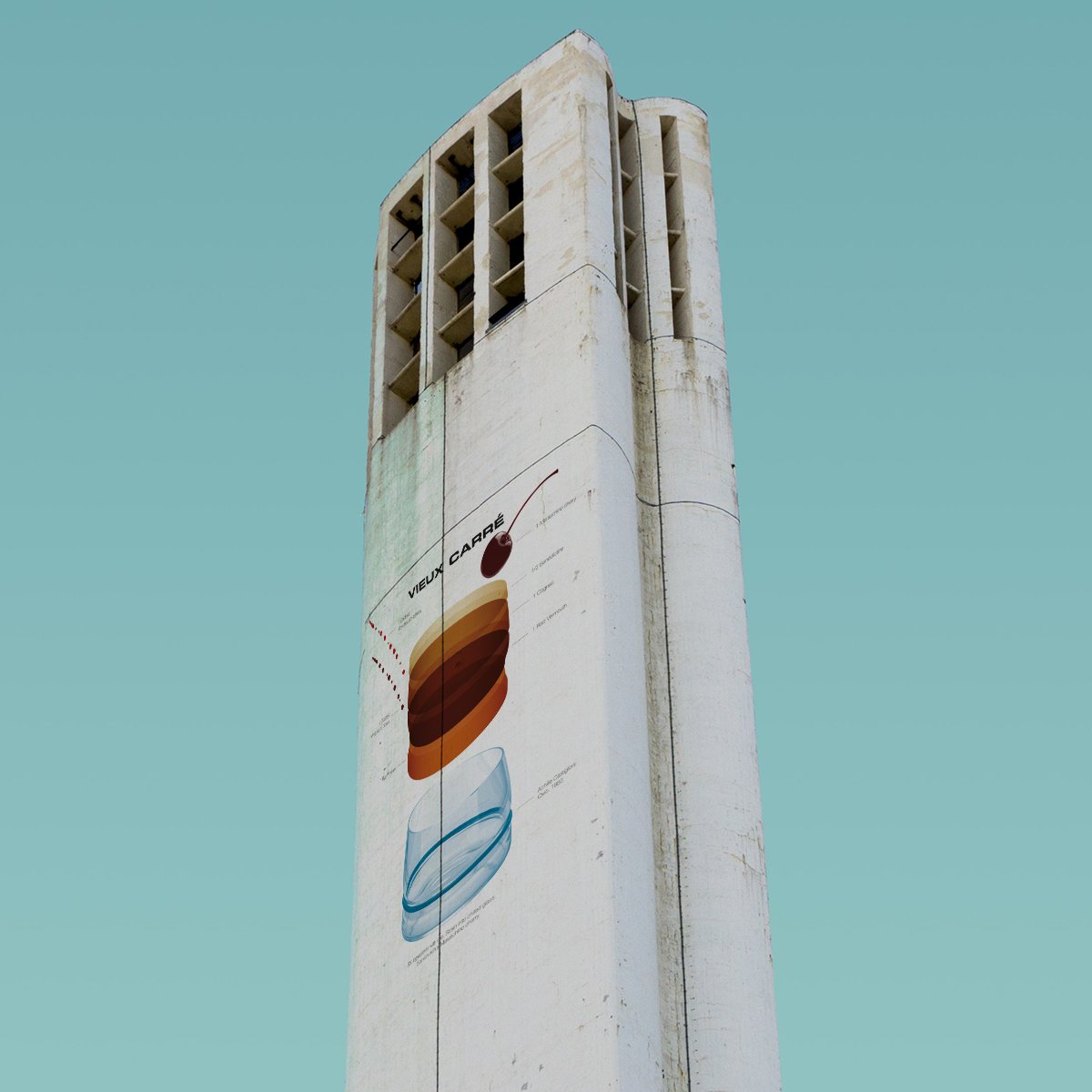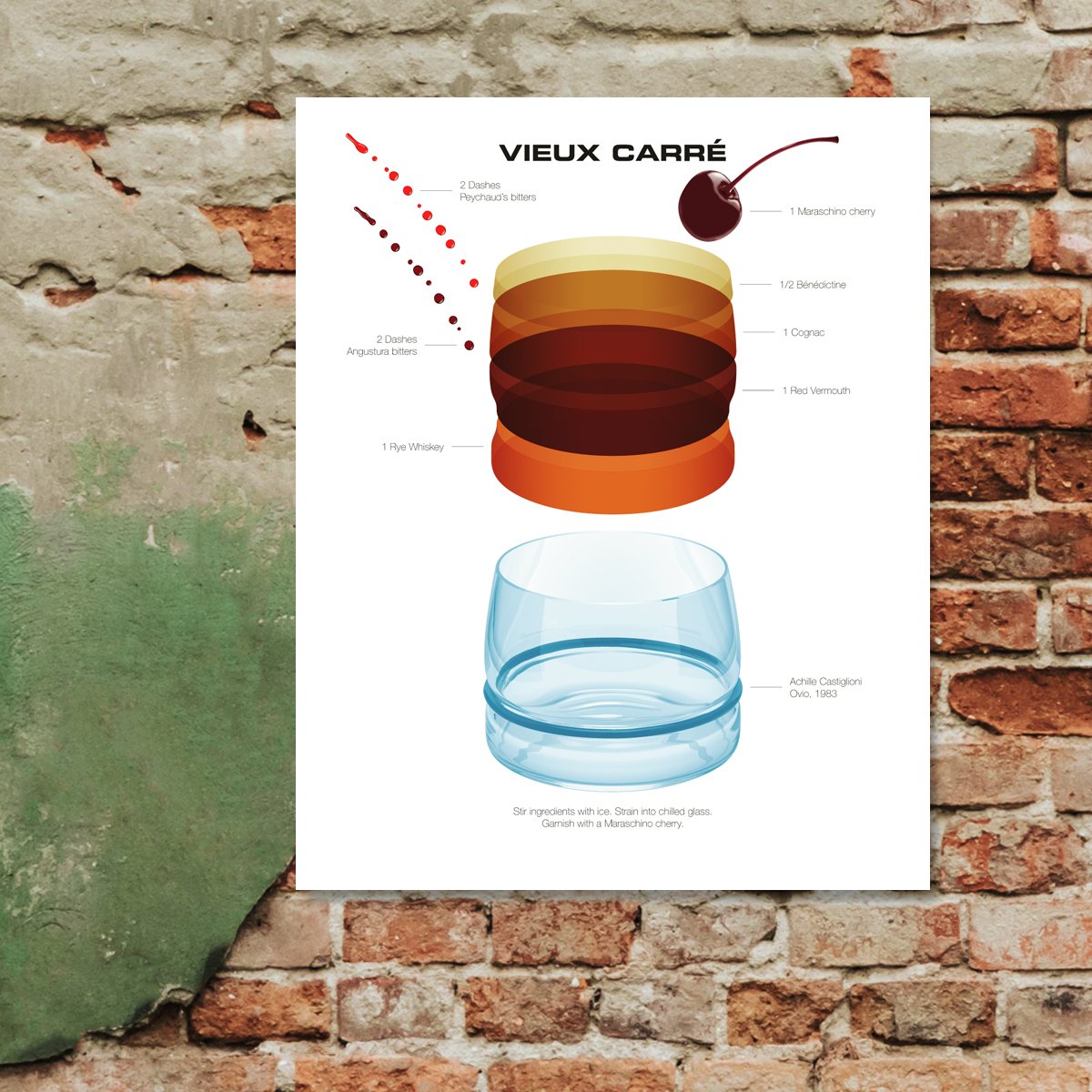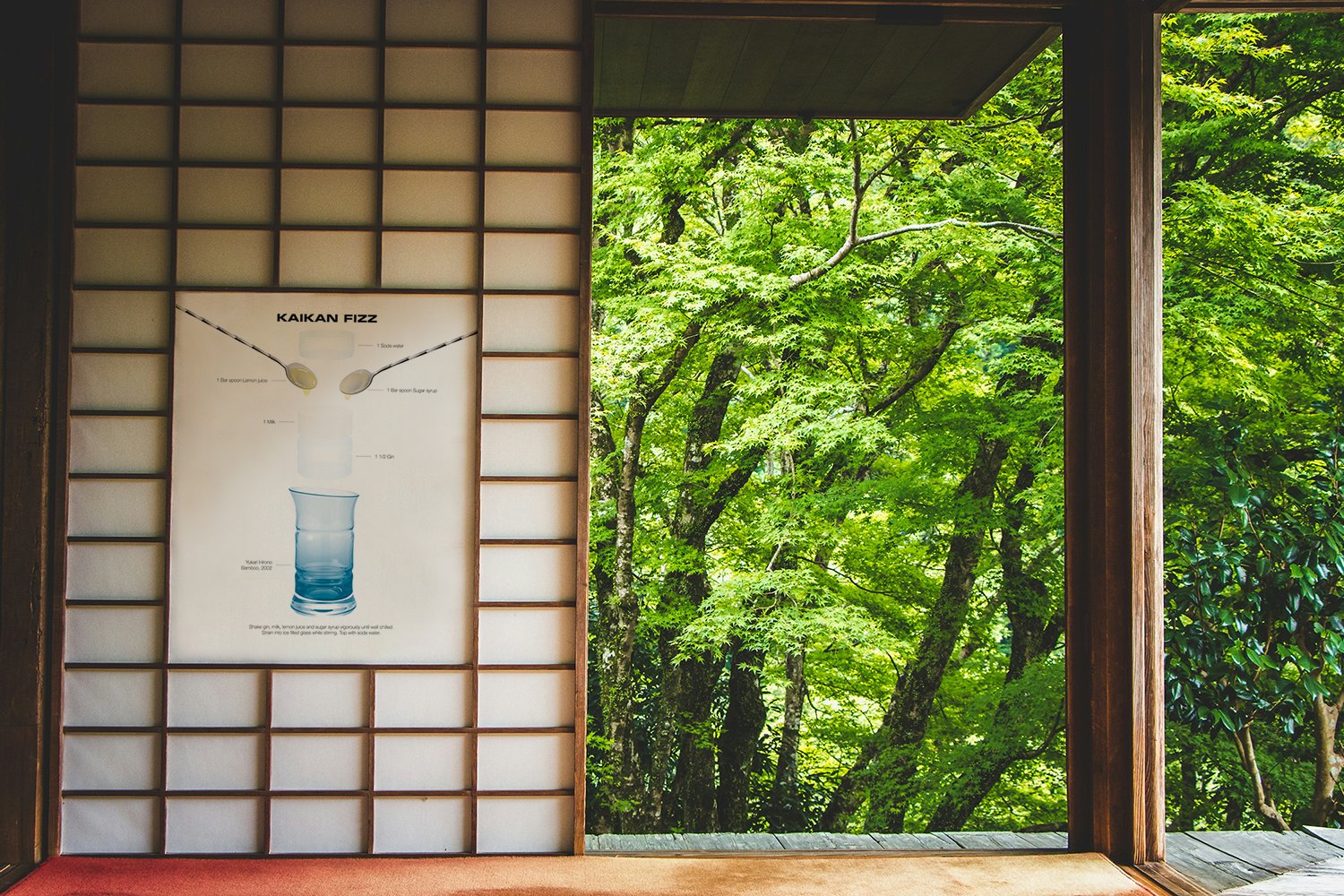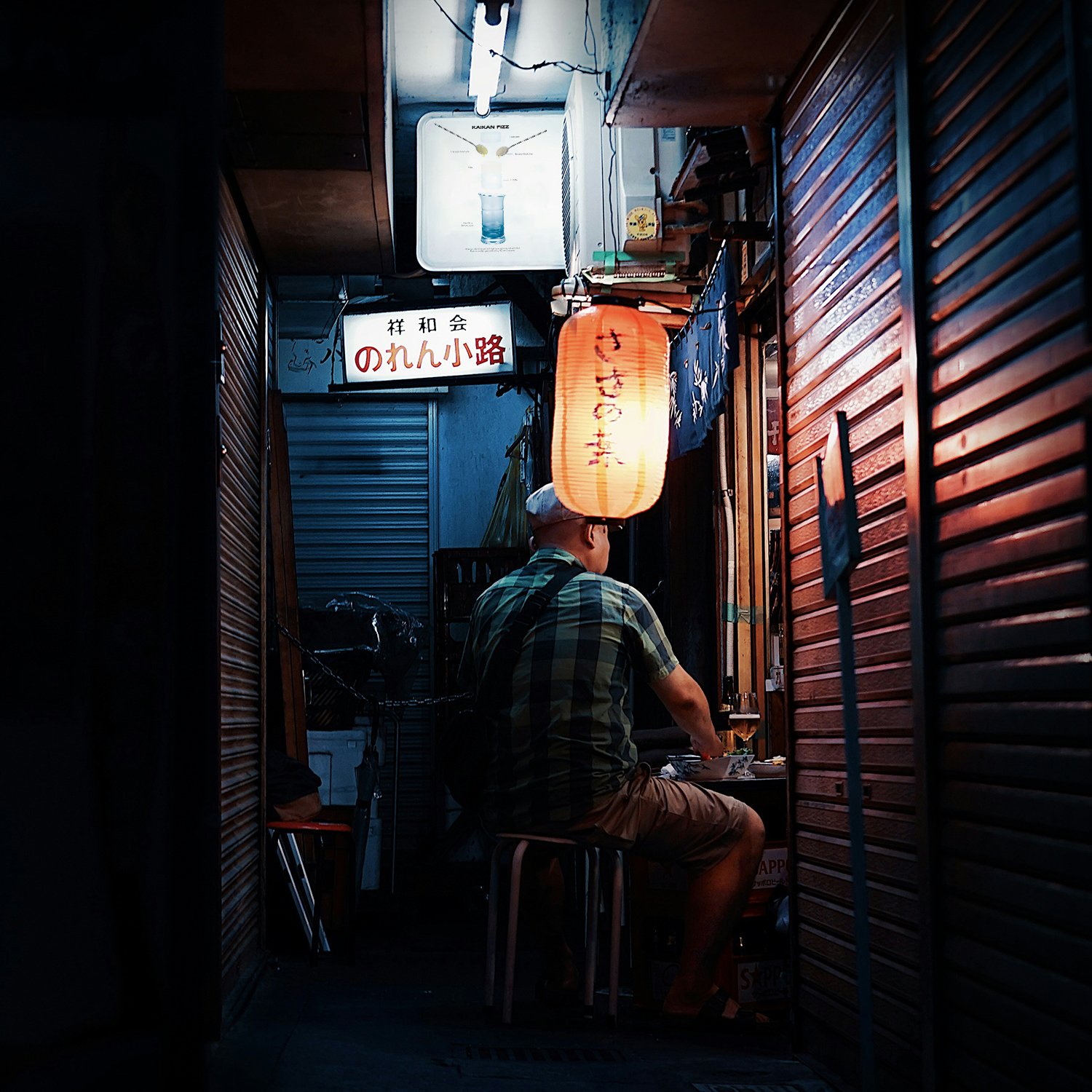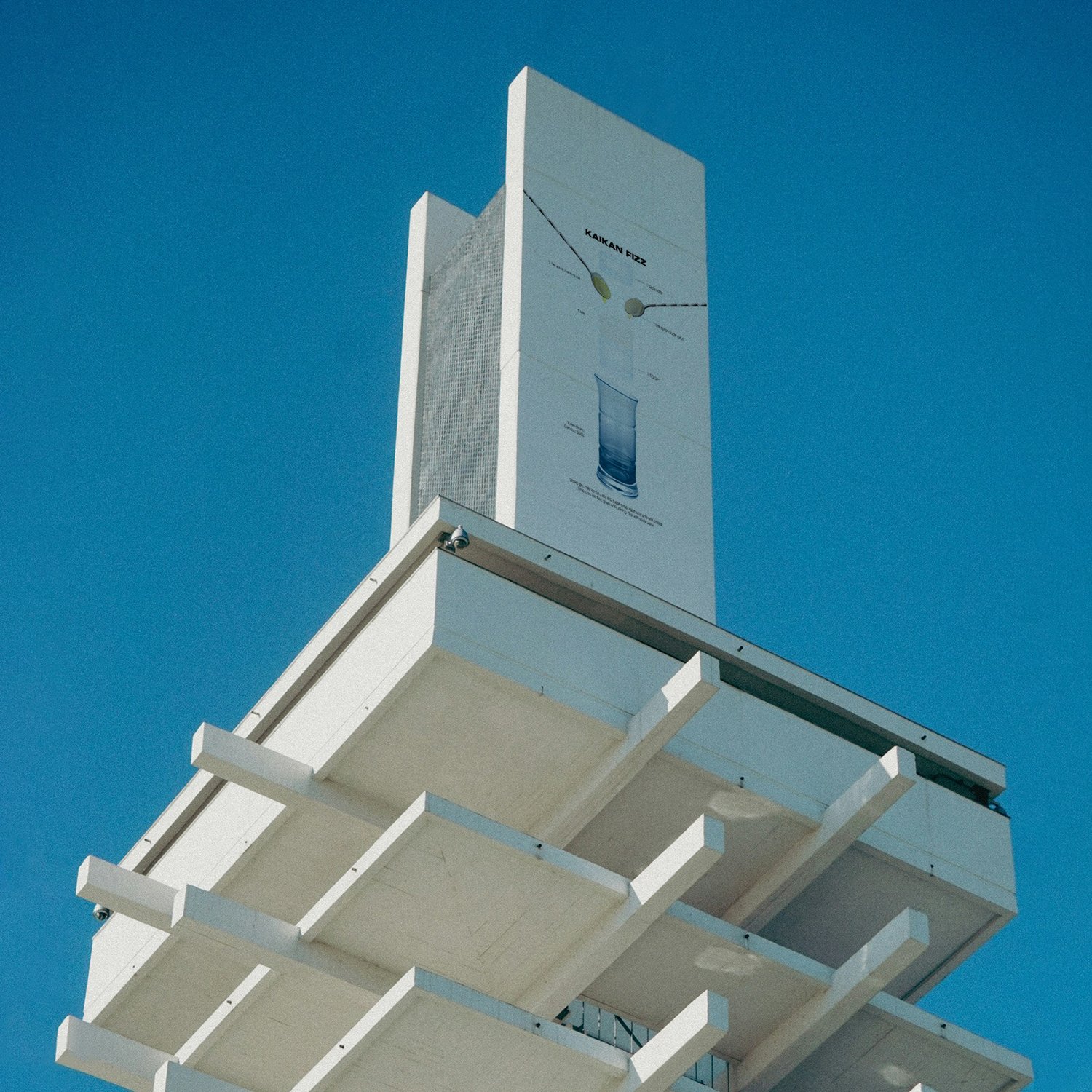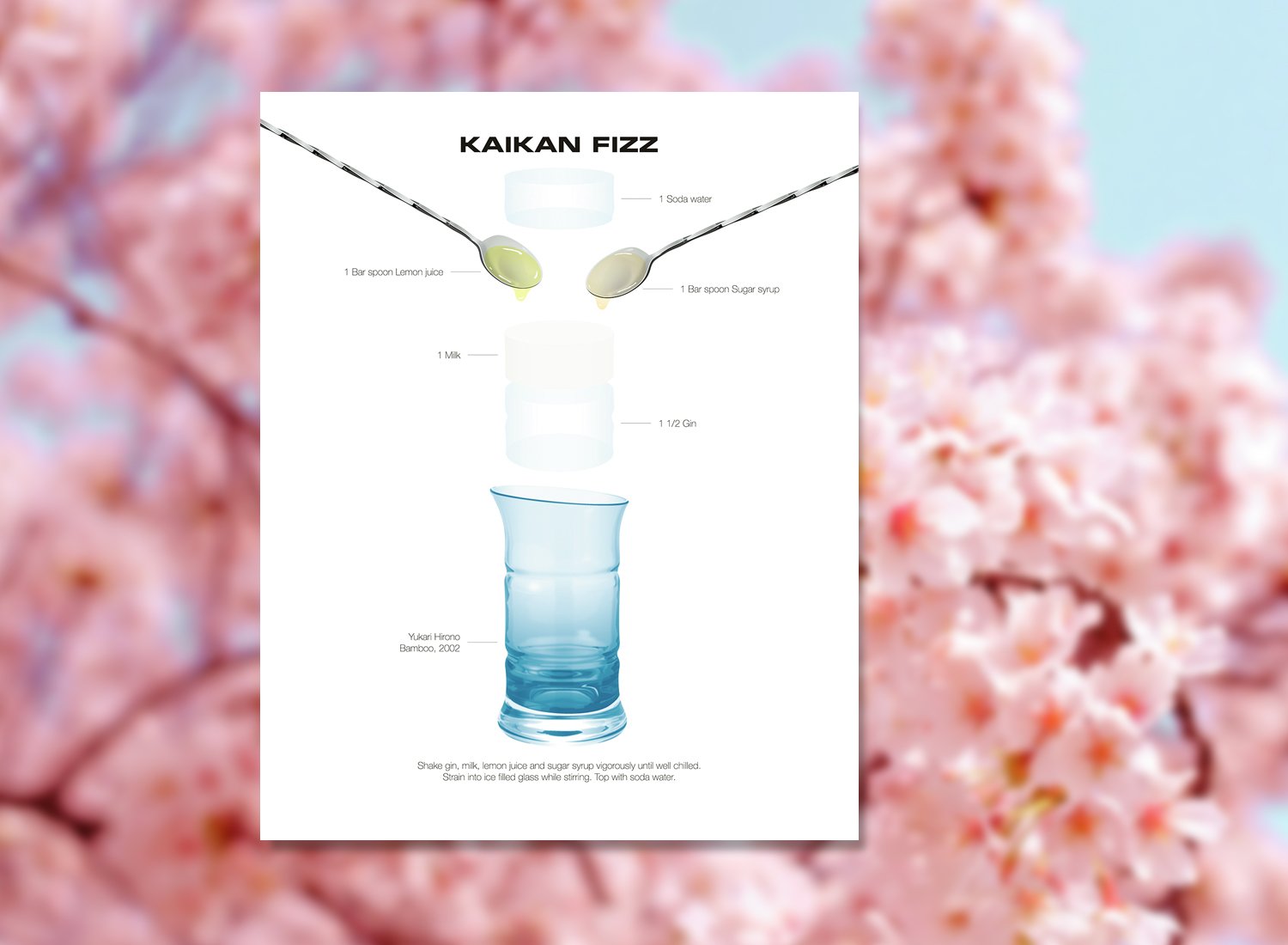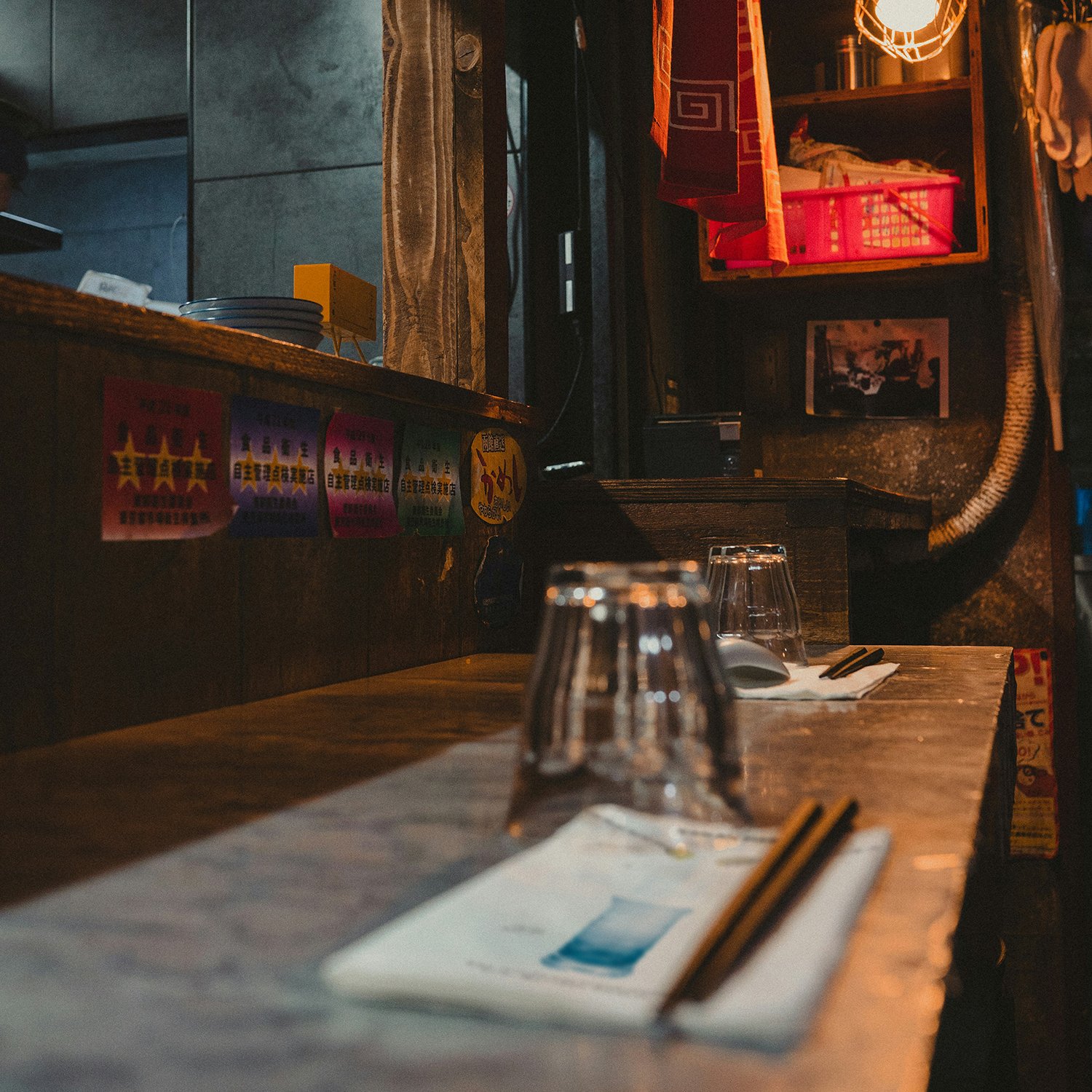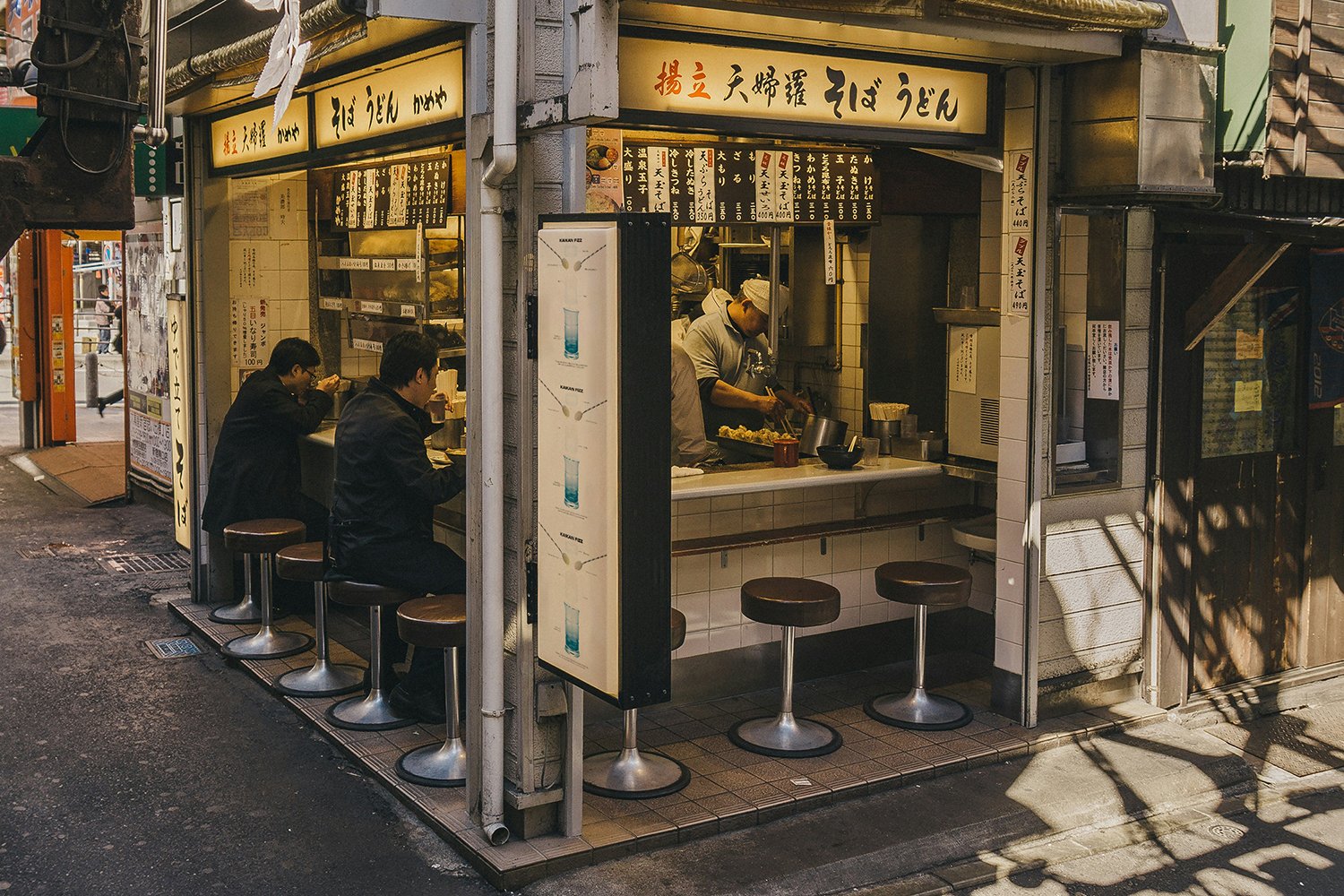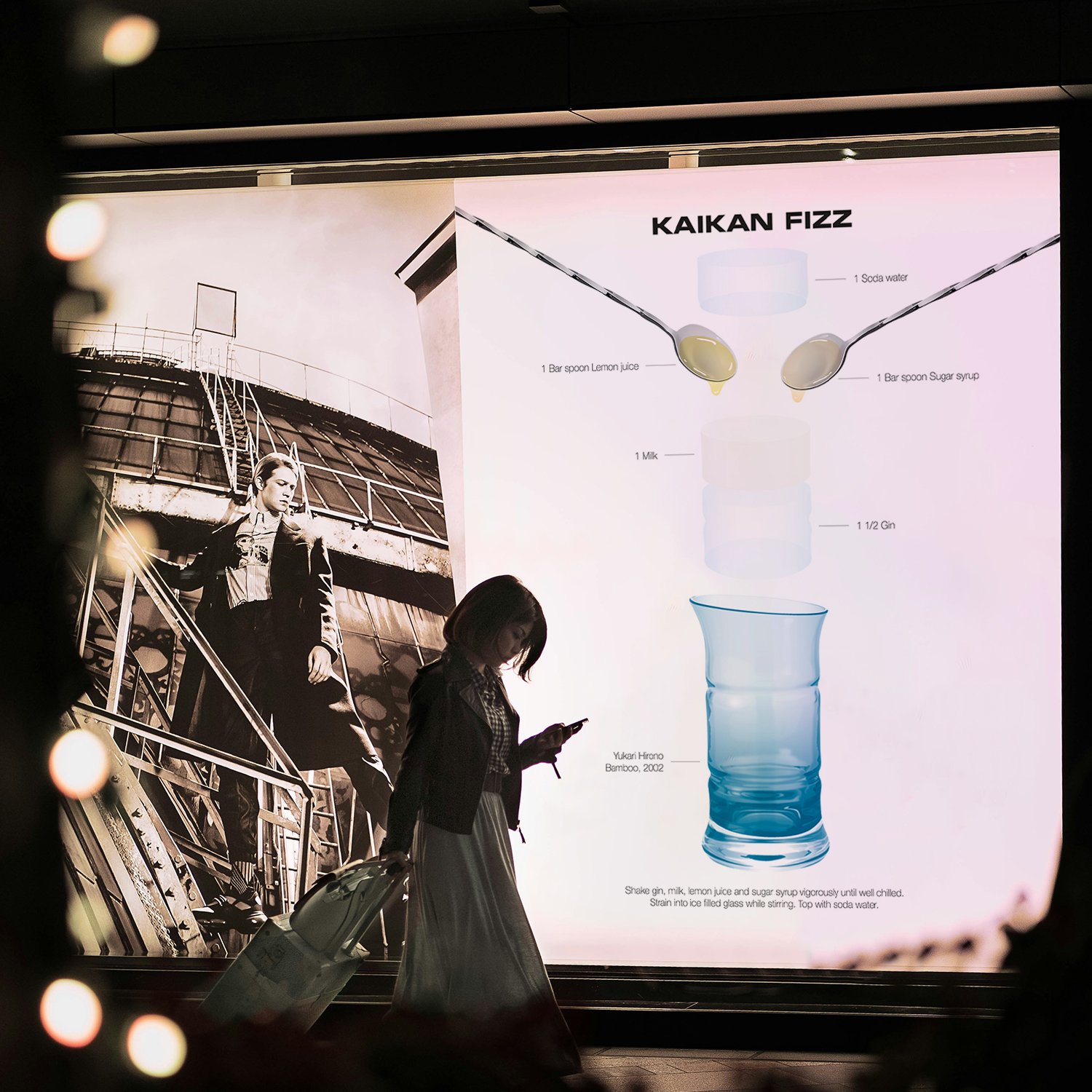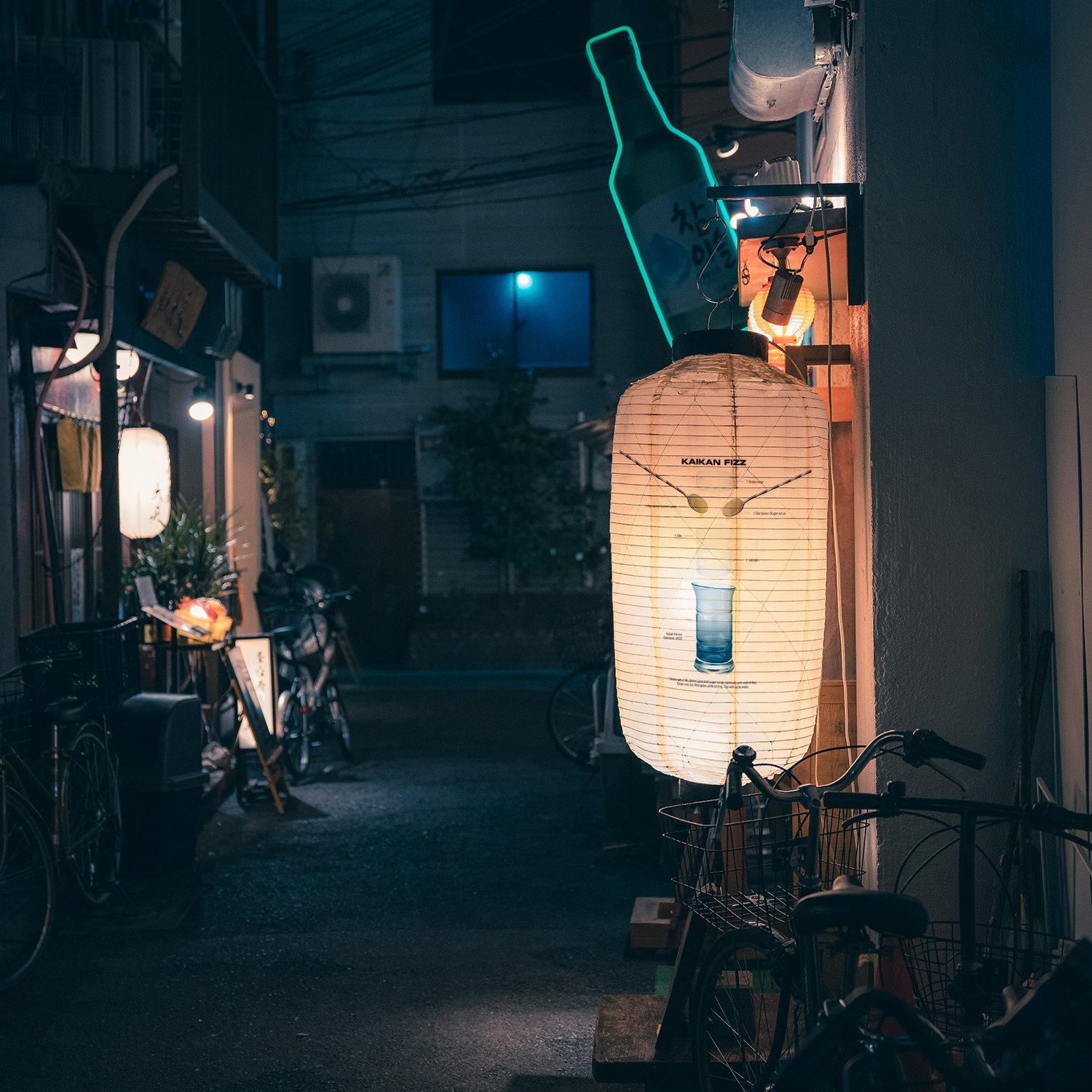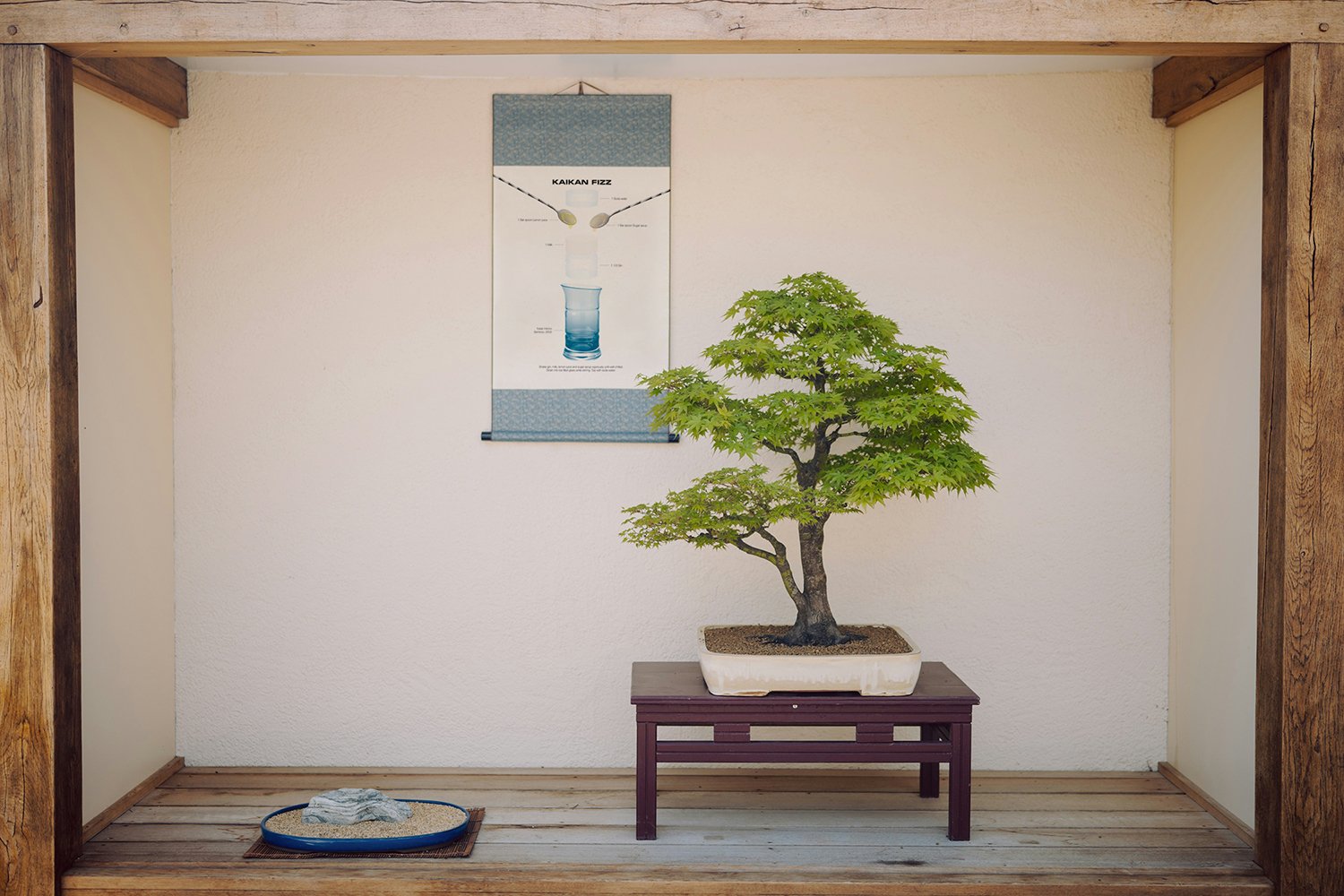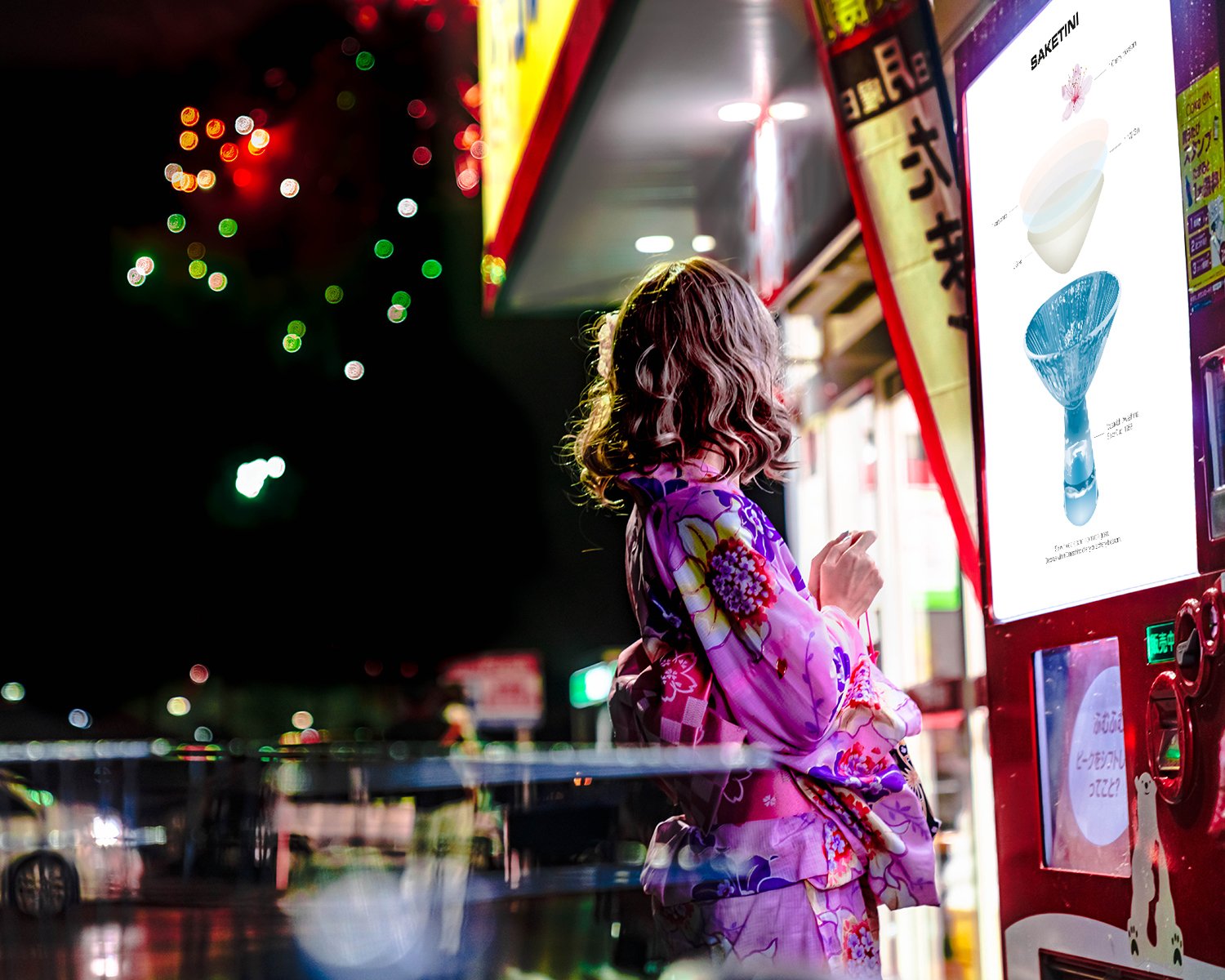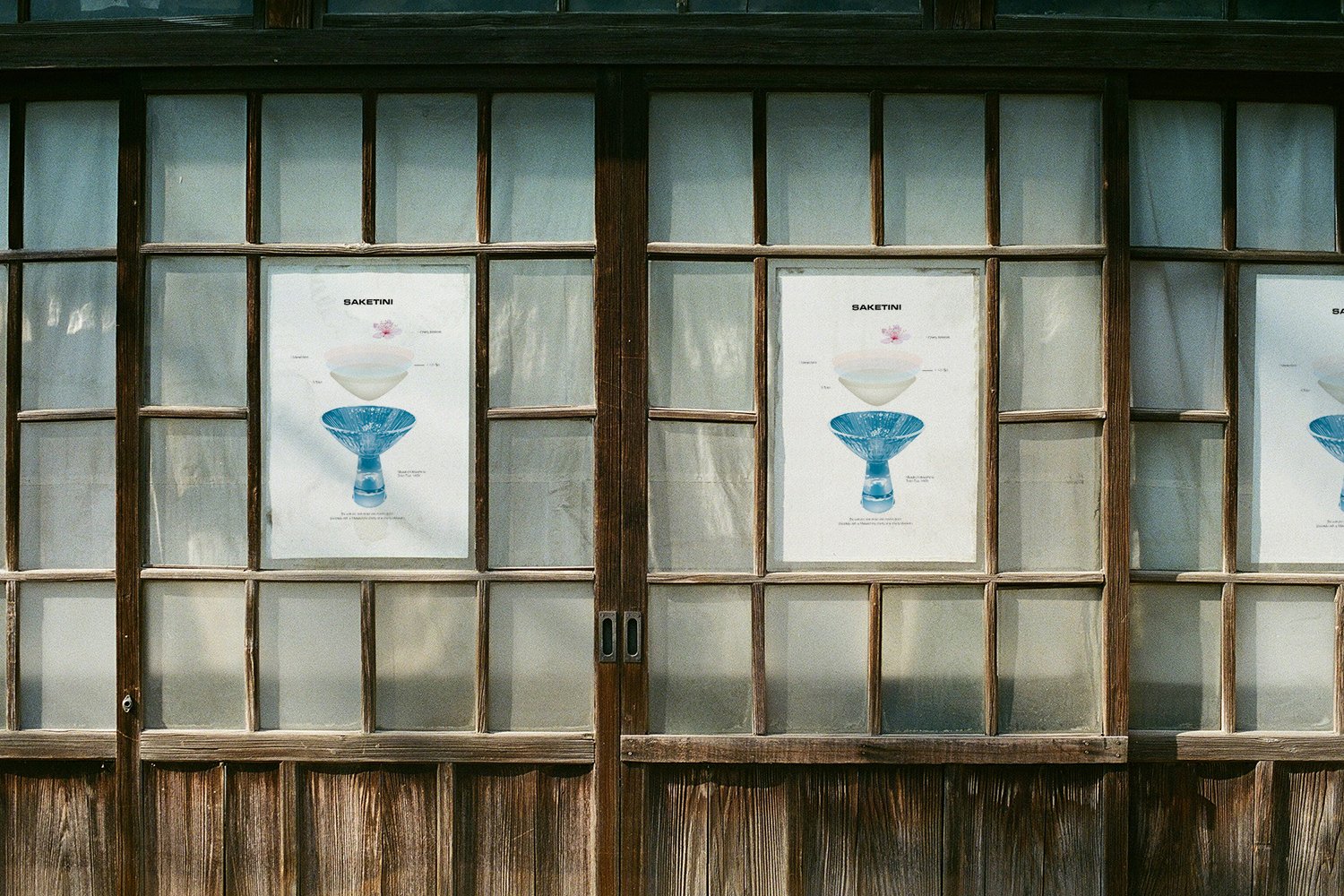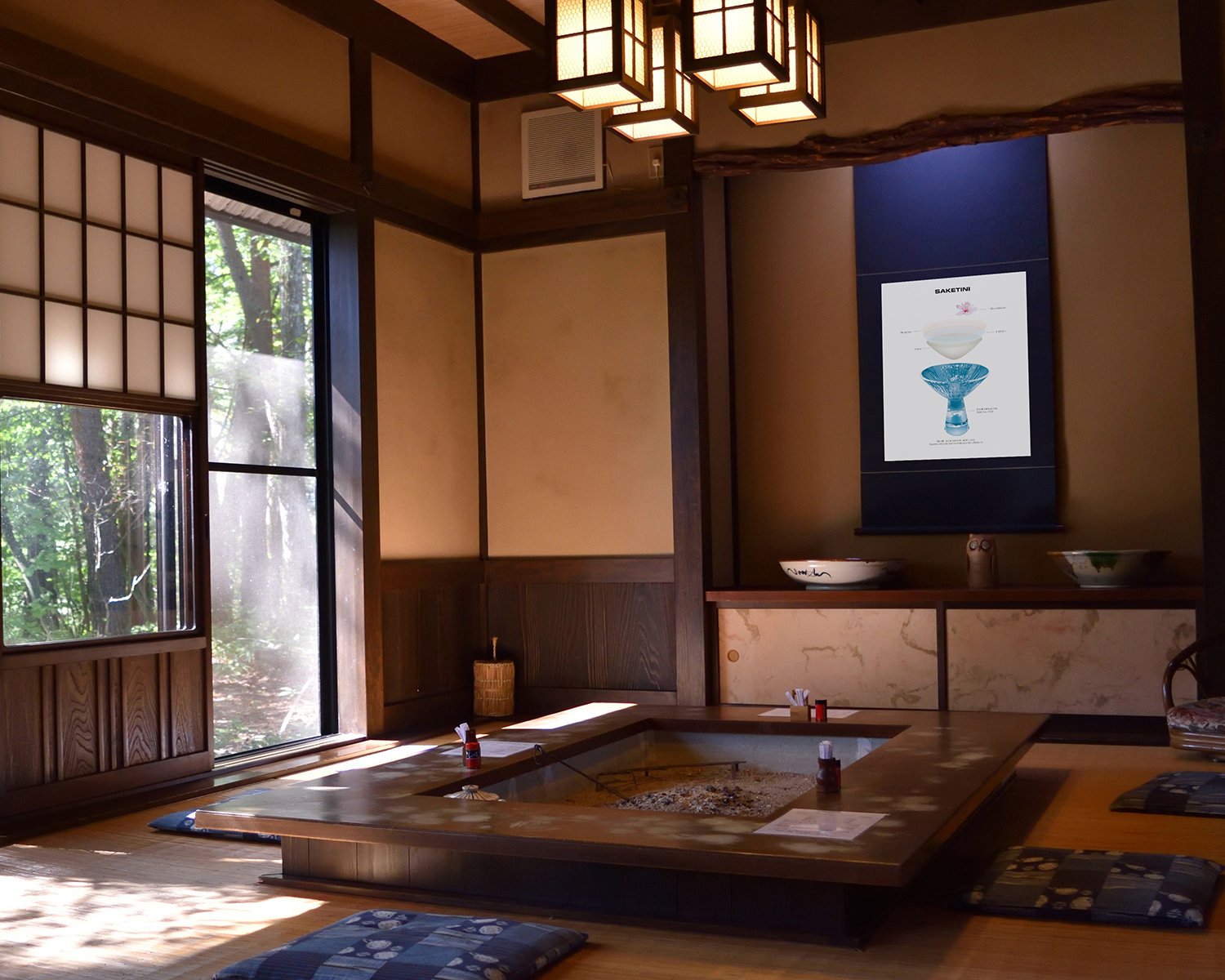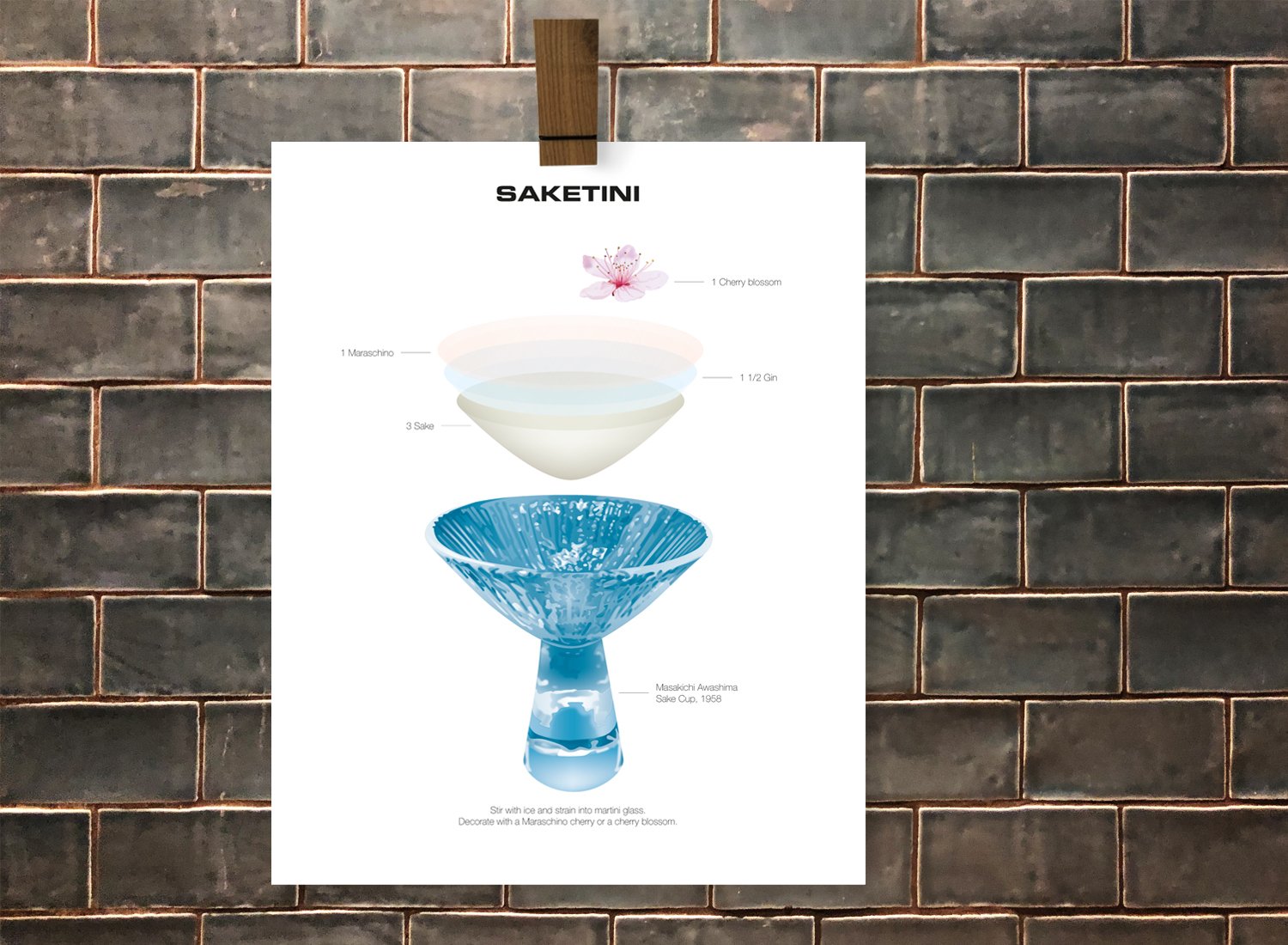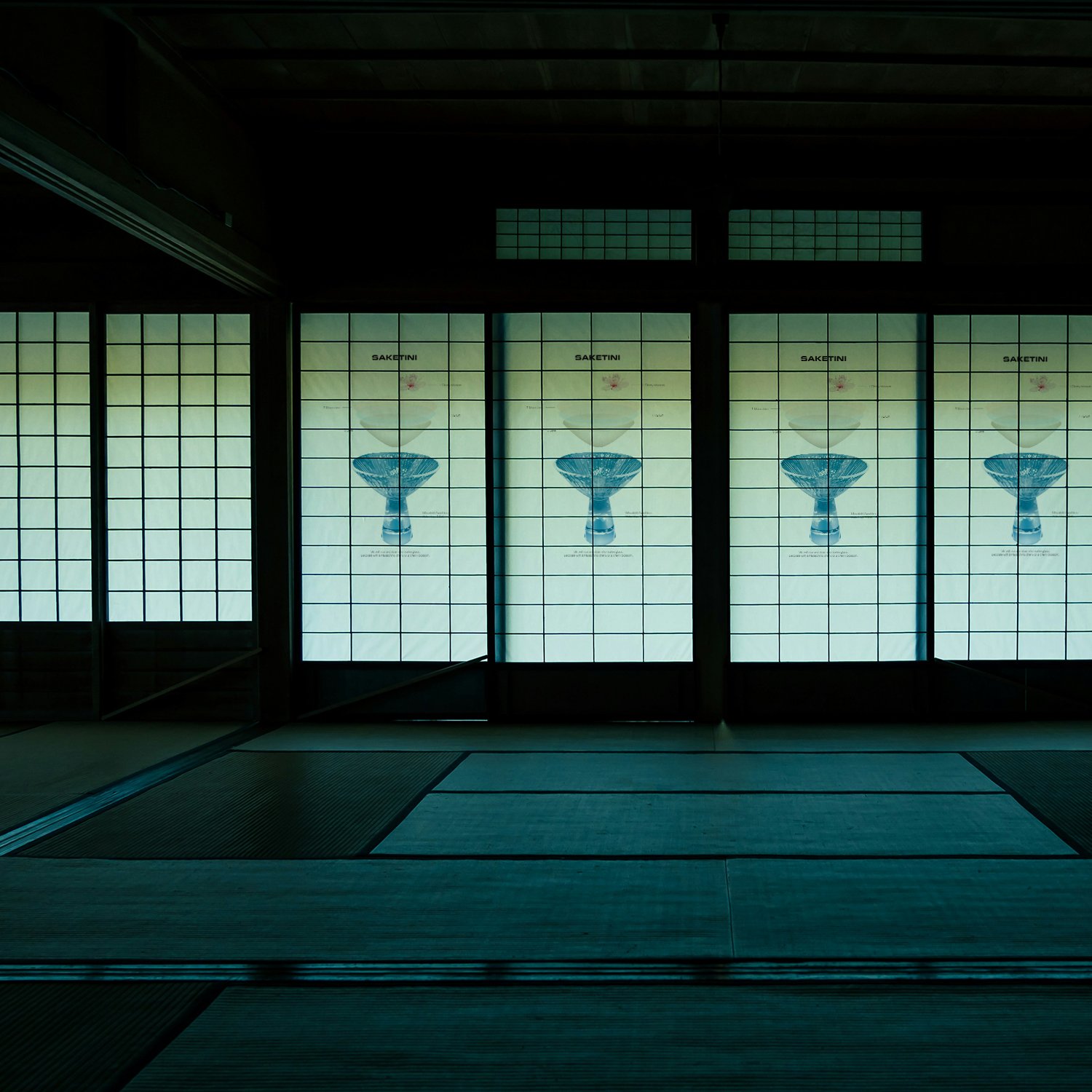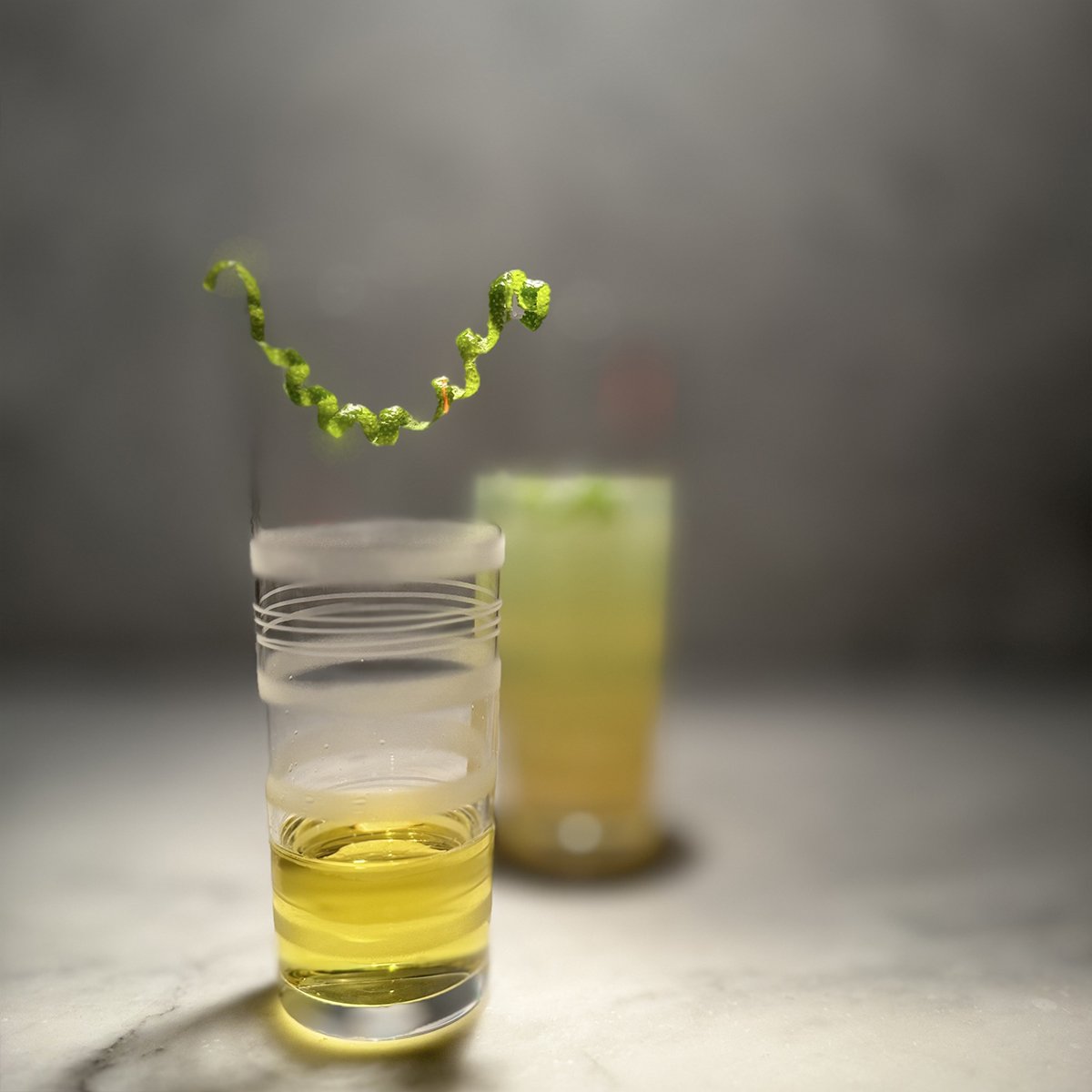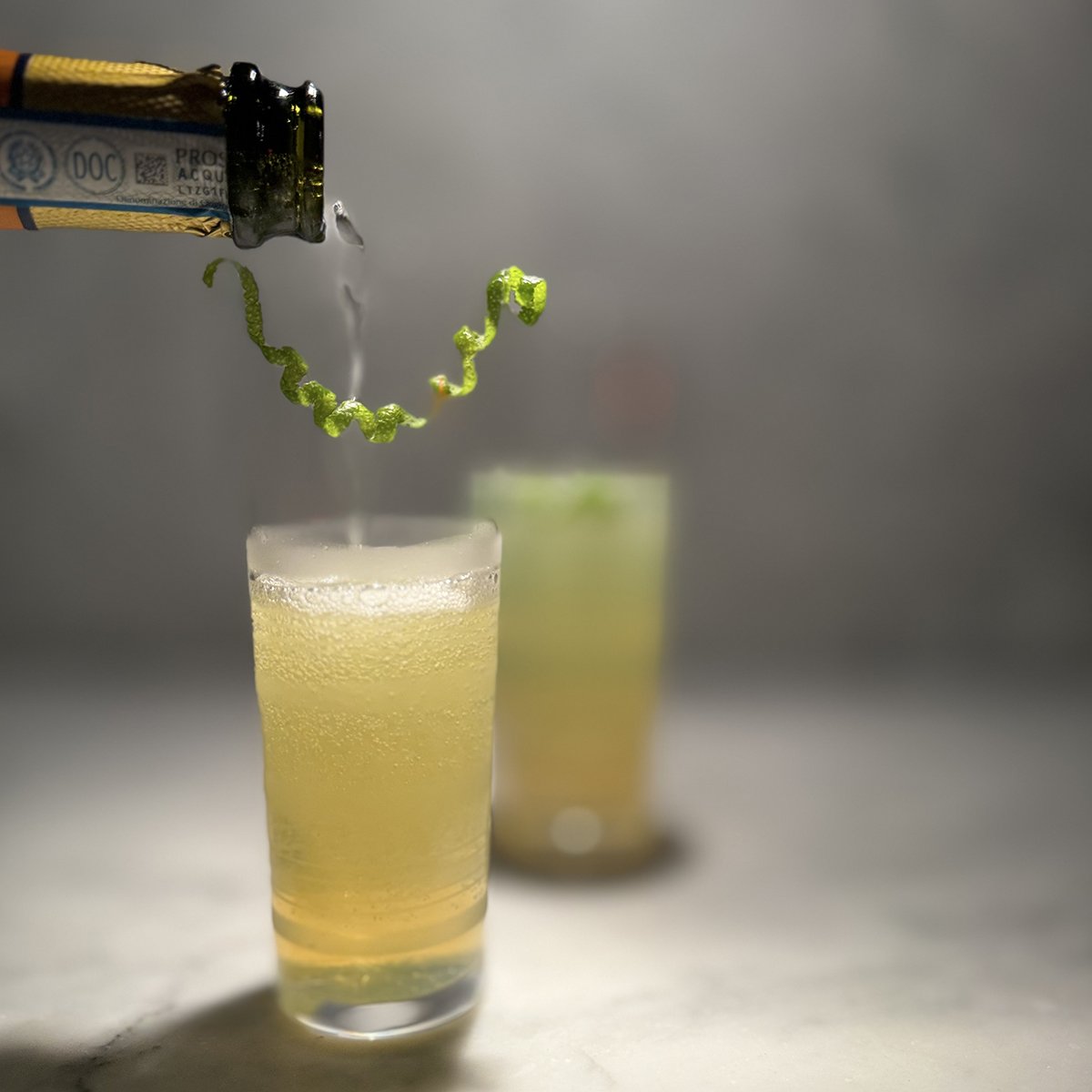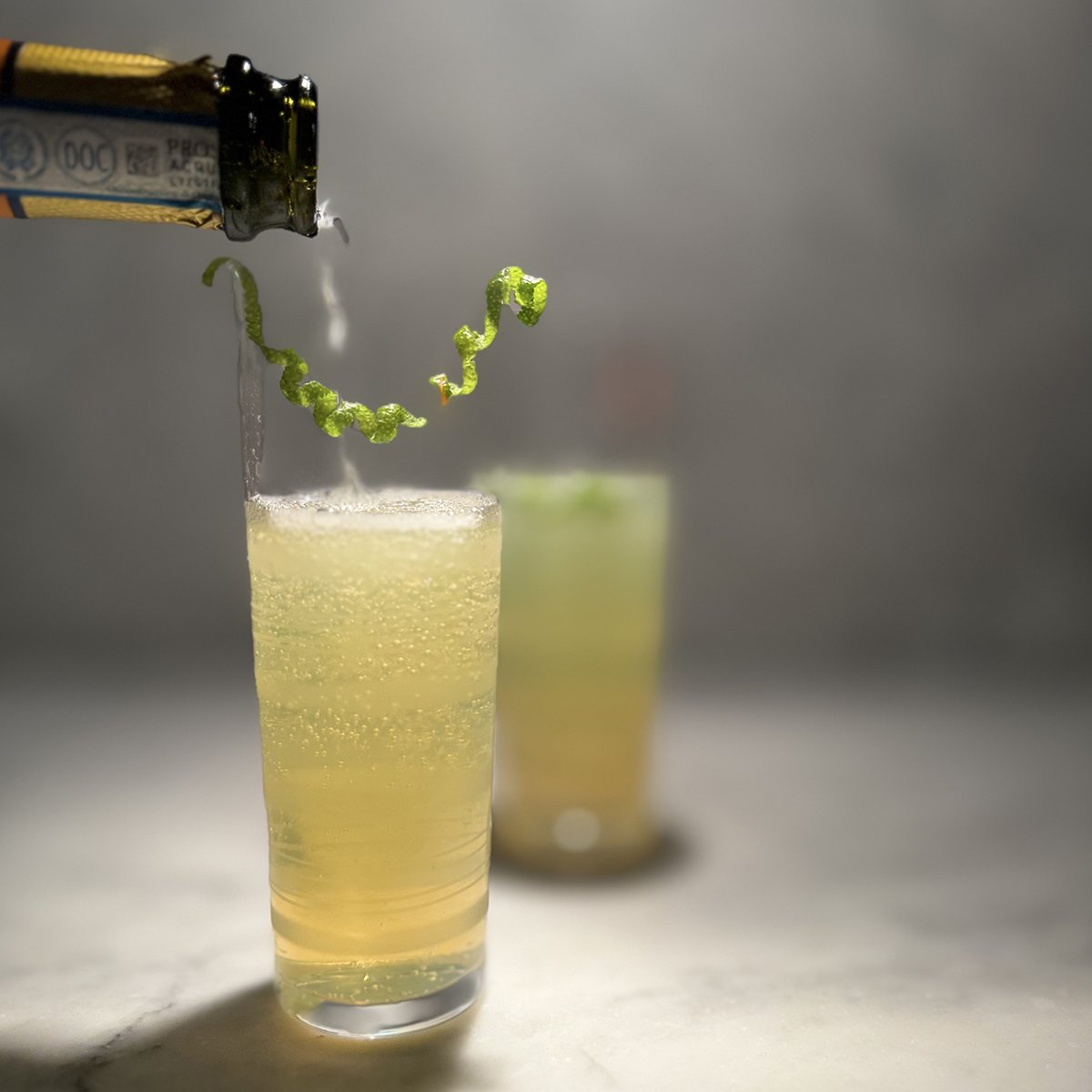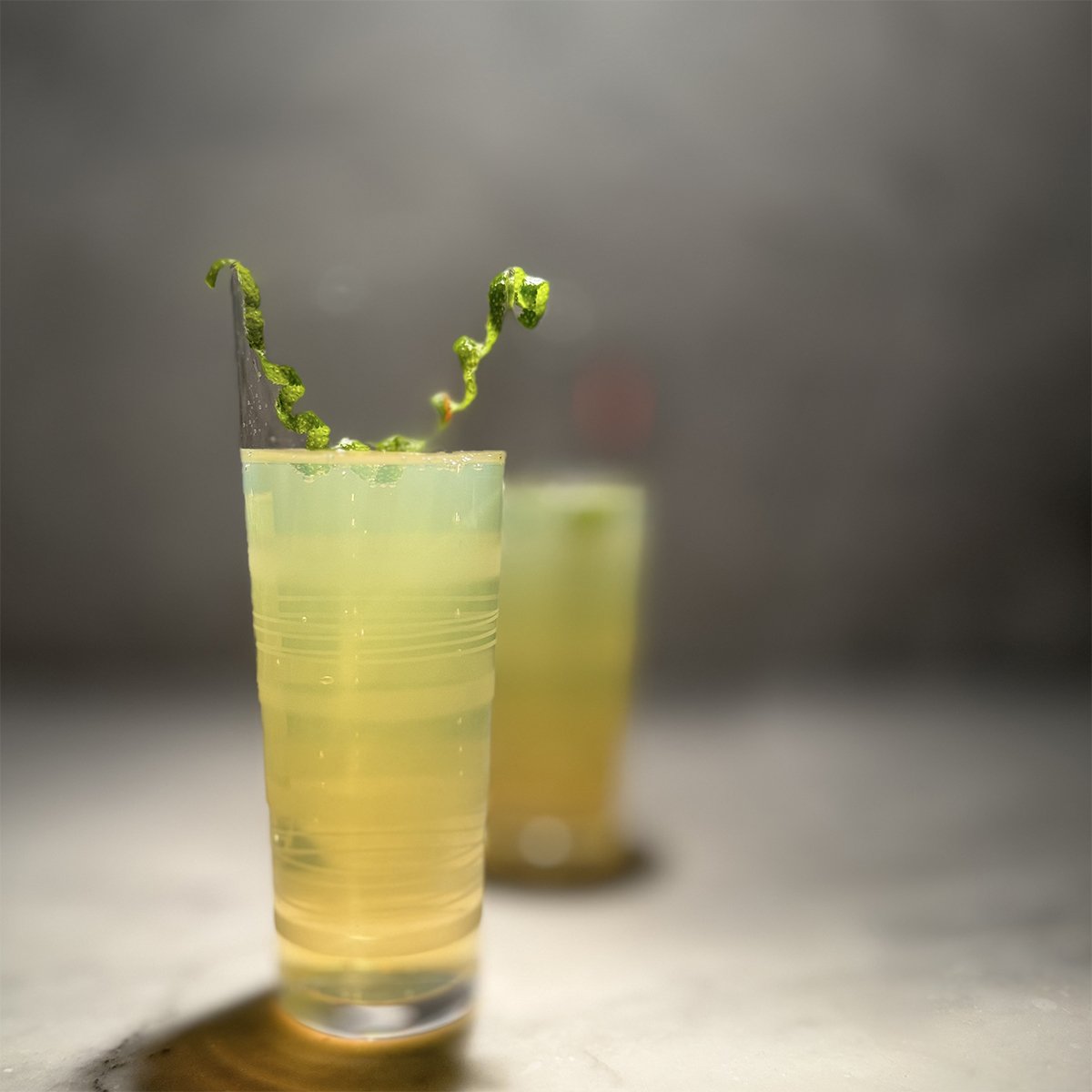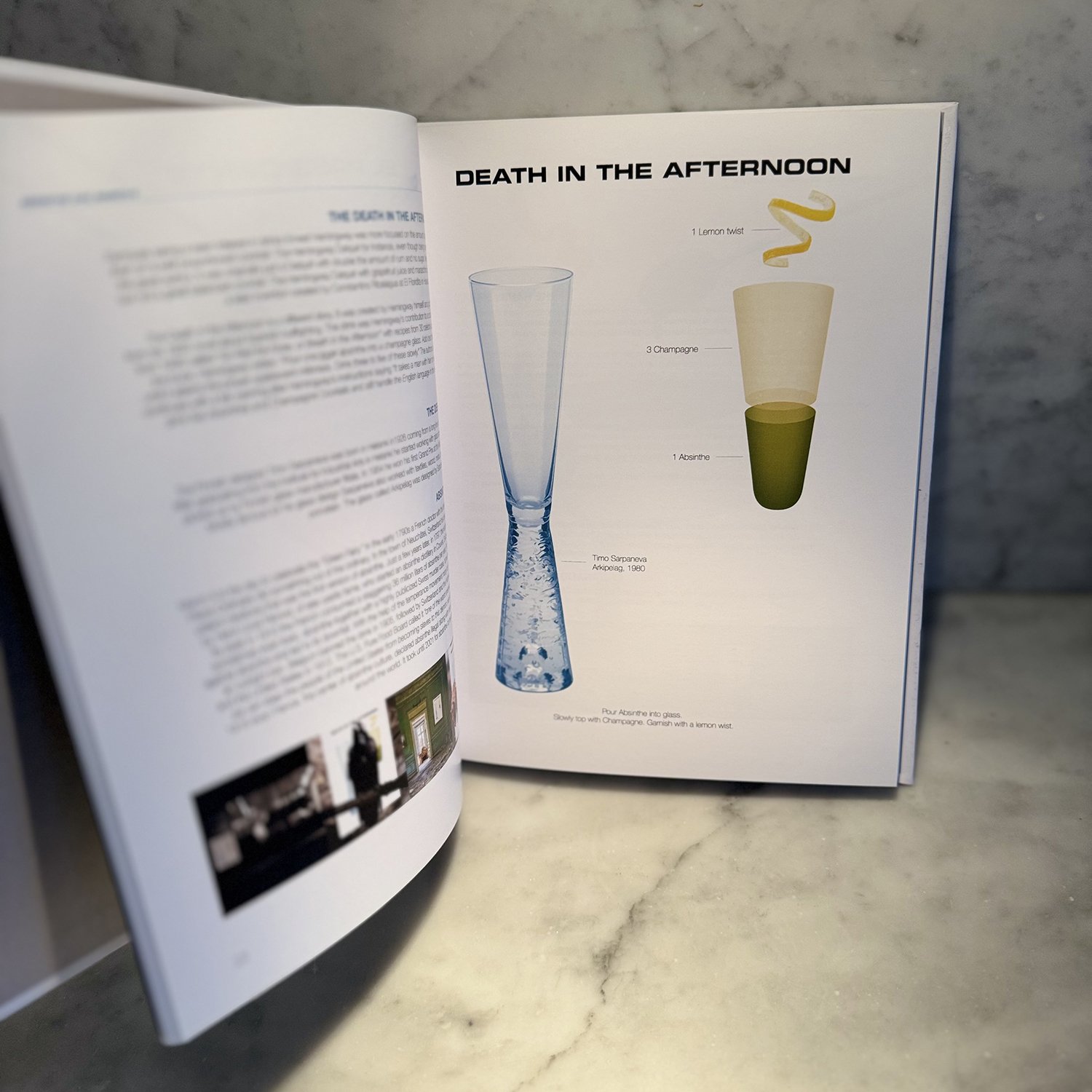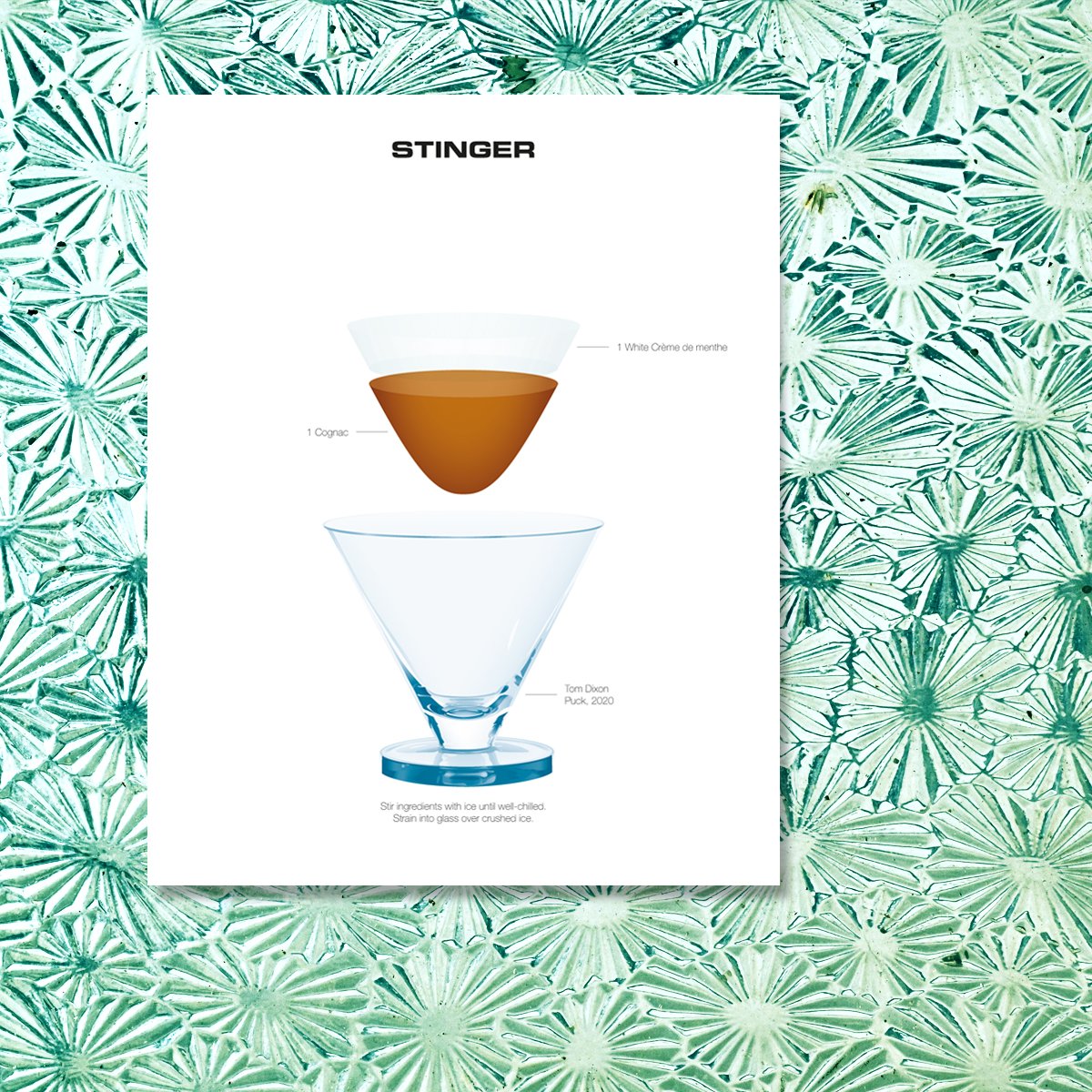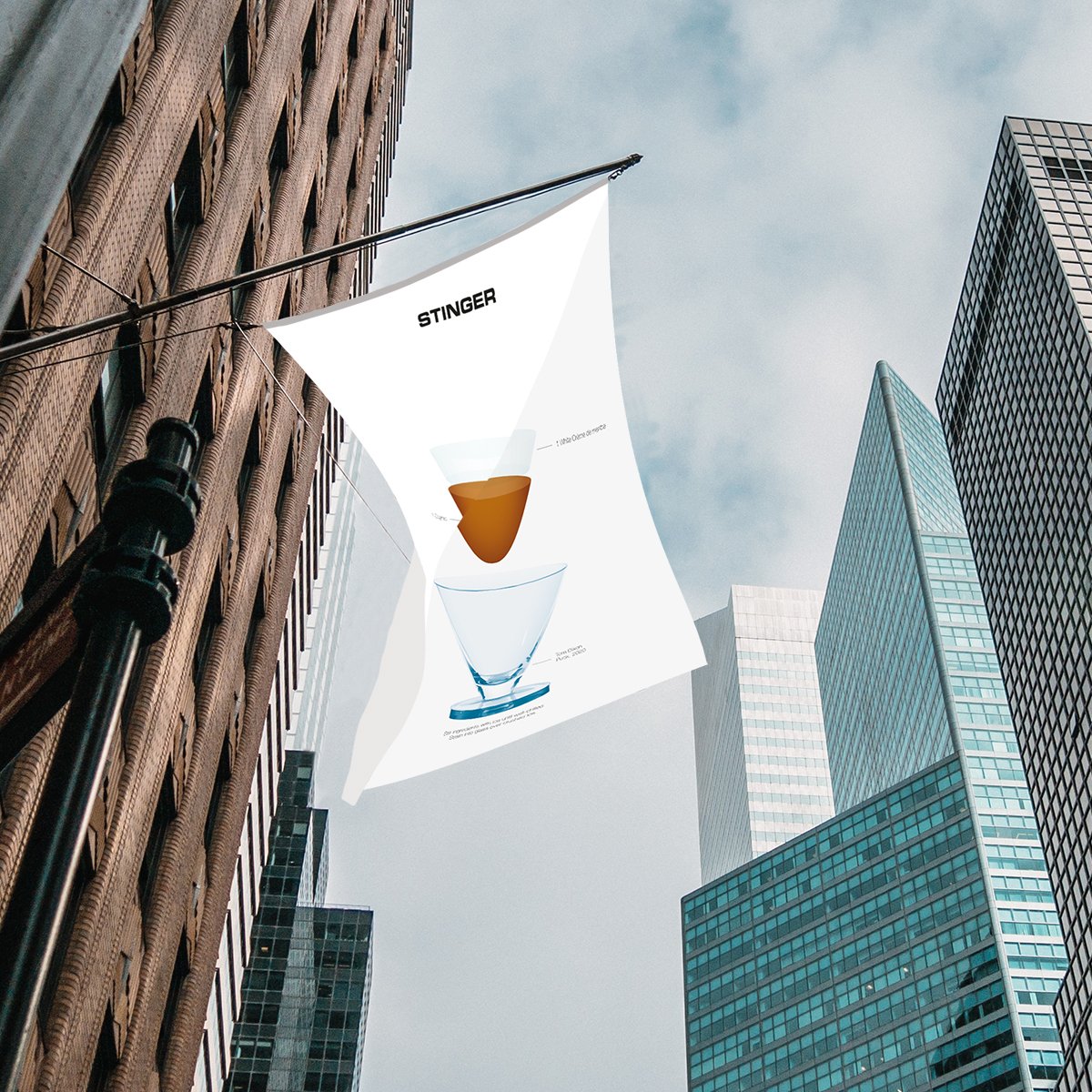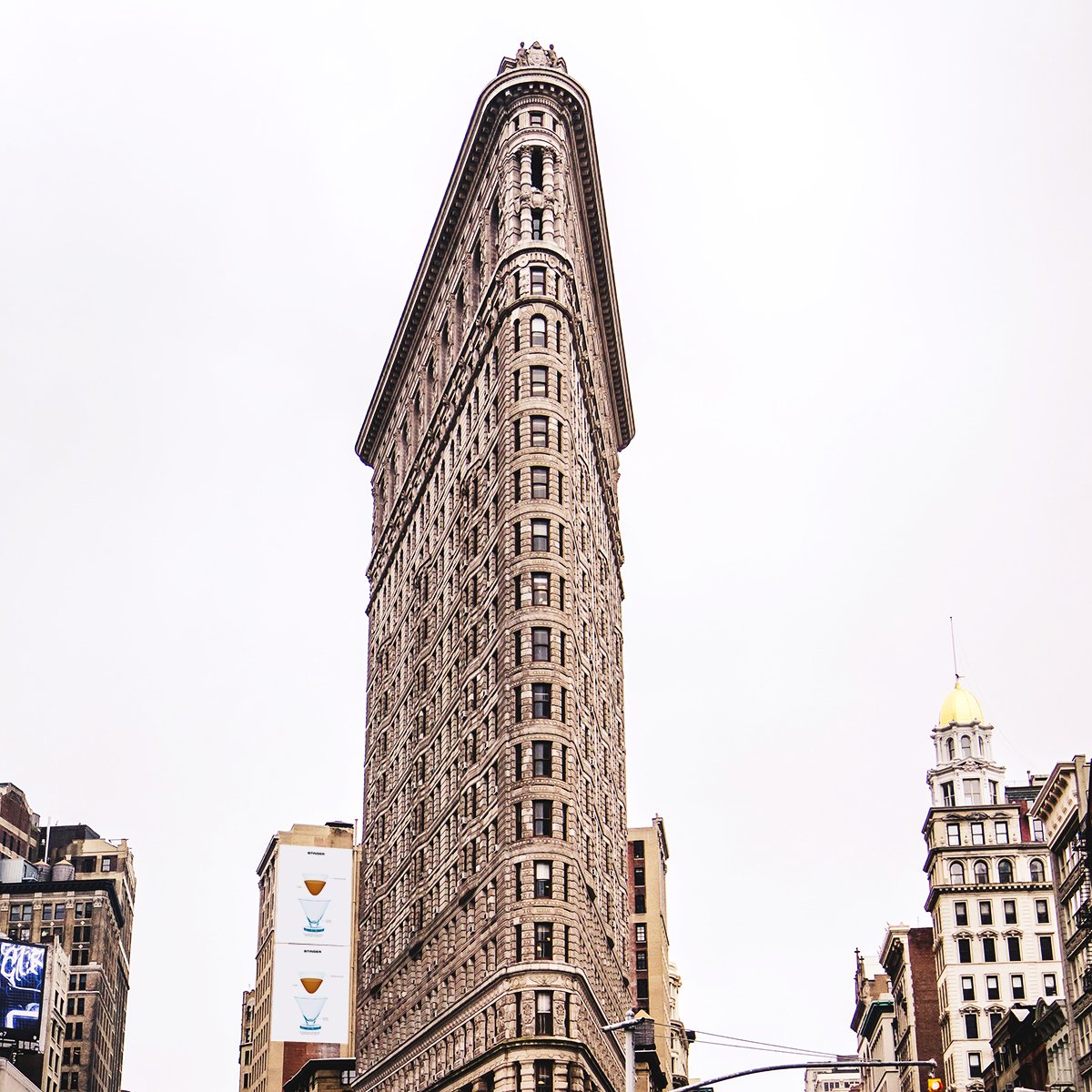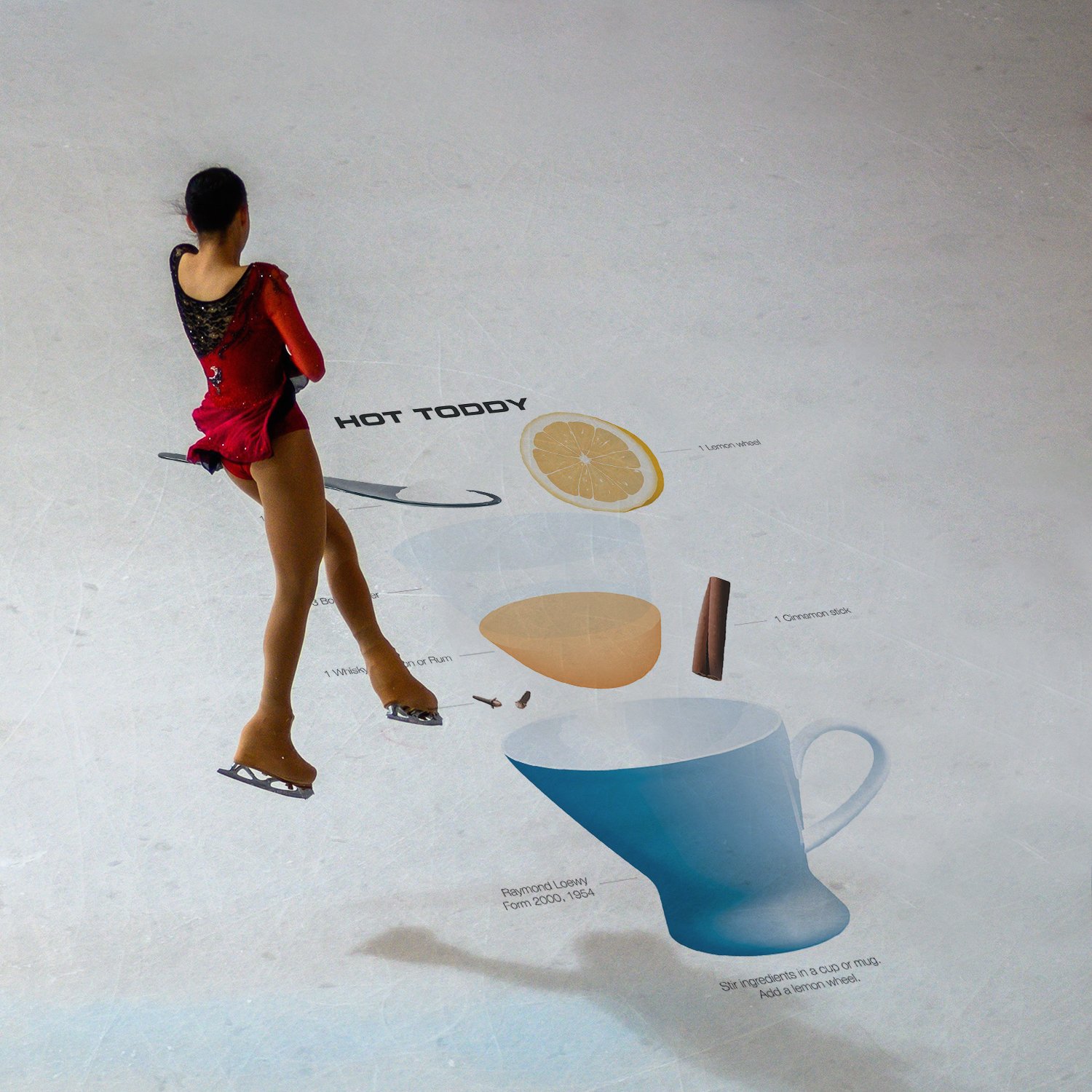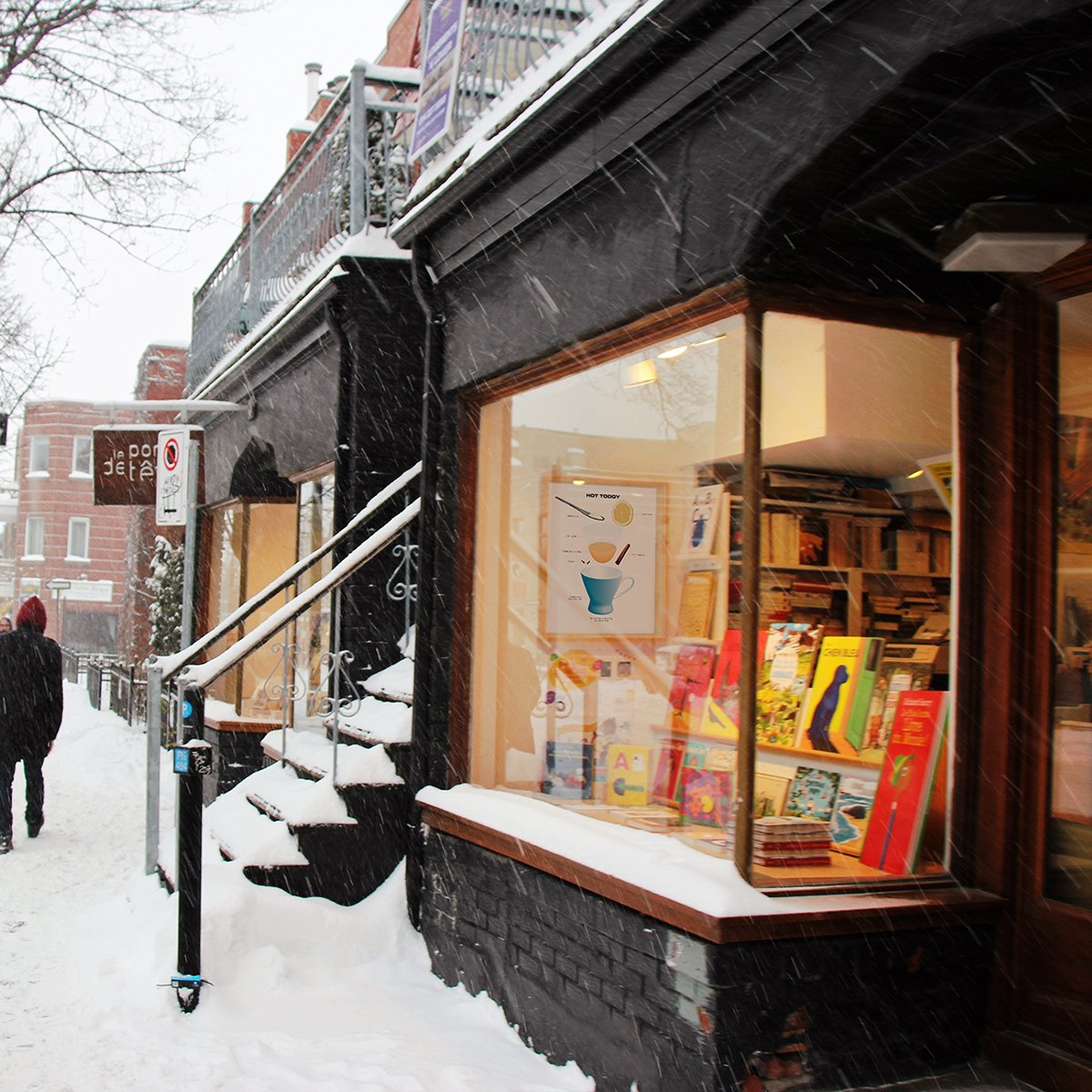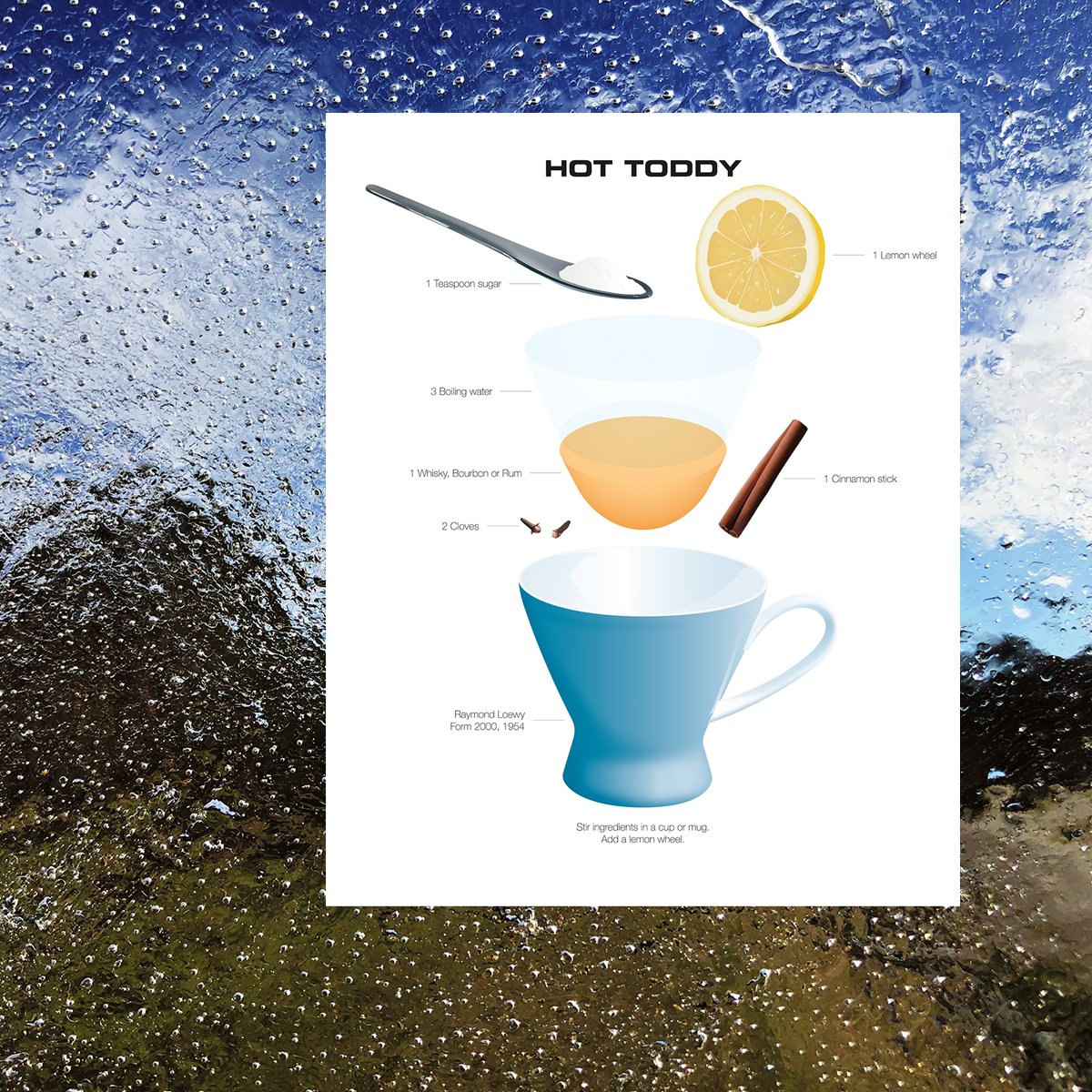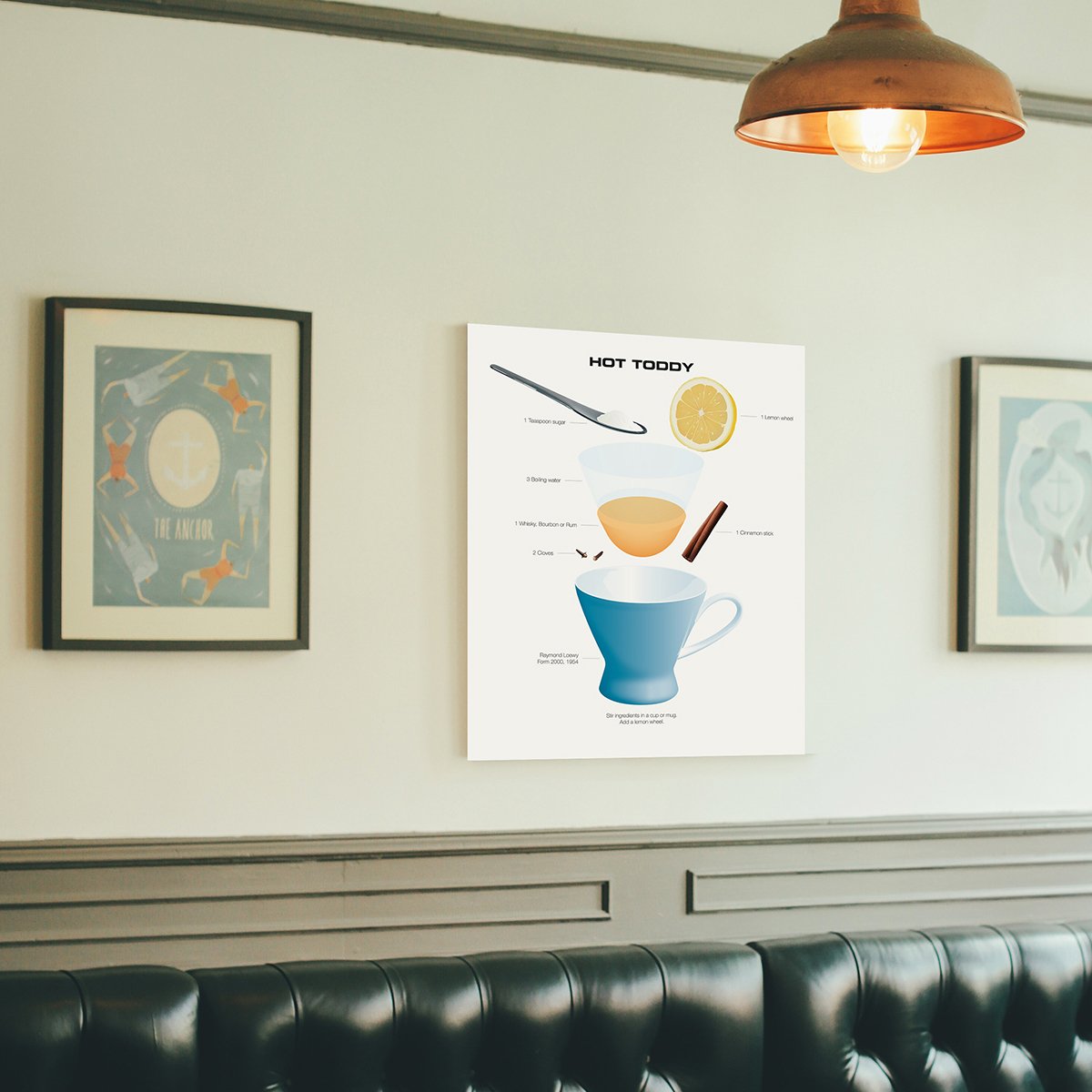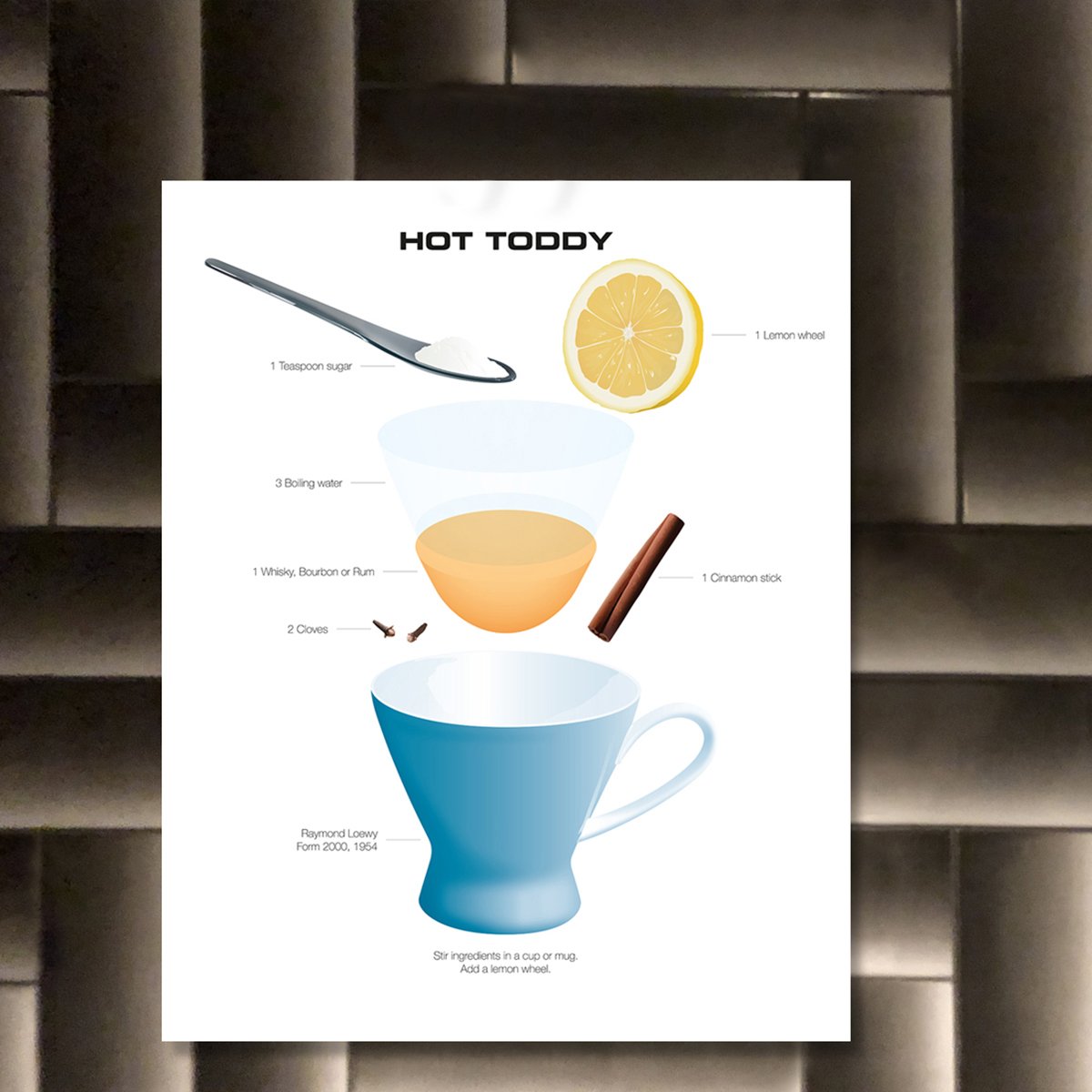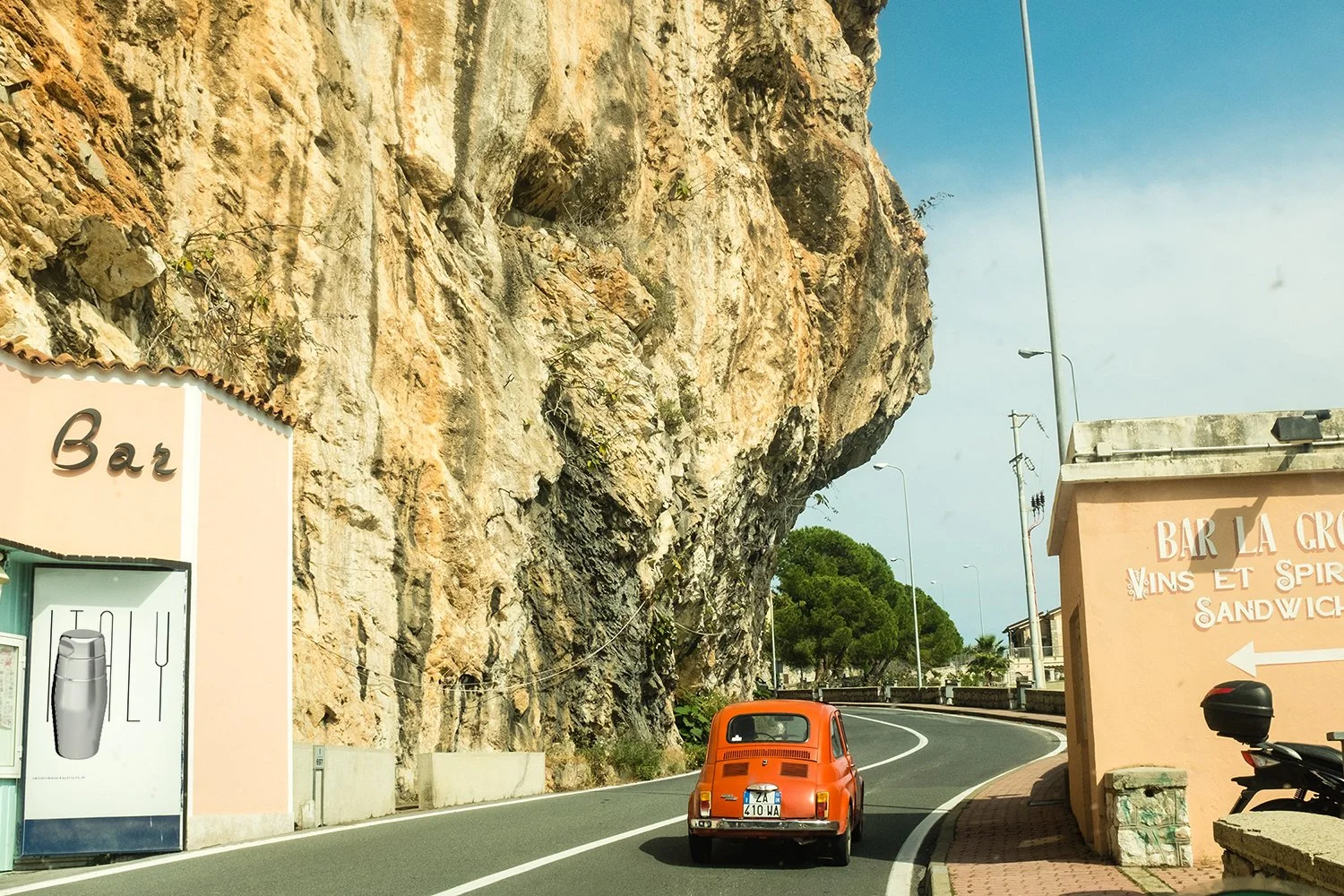Considering that Stockholm is experiencing a total Taylor Swift craze with three concerts on May 17 through 19 why not celebrate with her alleged favorite cocktail, the French Blonde. It’s a summery blend of Lillet, Gin, Elderflower liqueur, pink grapefruit juice and lemon bitters.
As usual with cocktail history the origin is a bit murky. Even the year of creation is vastly different from one story to another. The French Blonde might have first been mixed at a Parisian bar in the 1920s. Inspired by the classic French 75 the bartender wanted to create a cocktail with a feminine twist, giving it the name French Blonde as the color of the drink resembles blond hair.
Another story is that it was made by a bartender in New York in the 1950s. Also in this version the inspiration came from the French 75 but the idea was to create a modernized version of the WWI cocktail by adding the elderflower liqueur.
This said, I have found neither any confirmation of these stories nor any early recipes of the French Blonde. Which takes us to the Difford’s Guide where you can read that the cocktail was actually first published in Saveur.com in 2011, created by Caraline Bianchetto Chase. This might be the most plausible story of the three.
The glass is called Travasi and was designed in 2023 by Astrid Luglio.
By the way. Apparently Taylor Swift’s favorite color is purple, hence the sudden change of glass color.
Also, if you apply the discount code SWIFTIE at checkout you will get 20% off Taylor Swift’s favorite cocktail.

























